
Limited Time Festive Offer | Floating Wind Turbine Market Report @ $2450
Floating Wind Turbine Market Outlook:
Floating Wind Turbine Market size was over USD 8.52 billion in 2025 and is anticipated to cross USD 226.12 billion by 2035, witnessing more than 38.8% CAGR during the forecast period i.e., between 2026-2035. In the year 2026, the industry size of floating wind turbine is estimated at USD 11.5 billion.
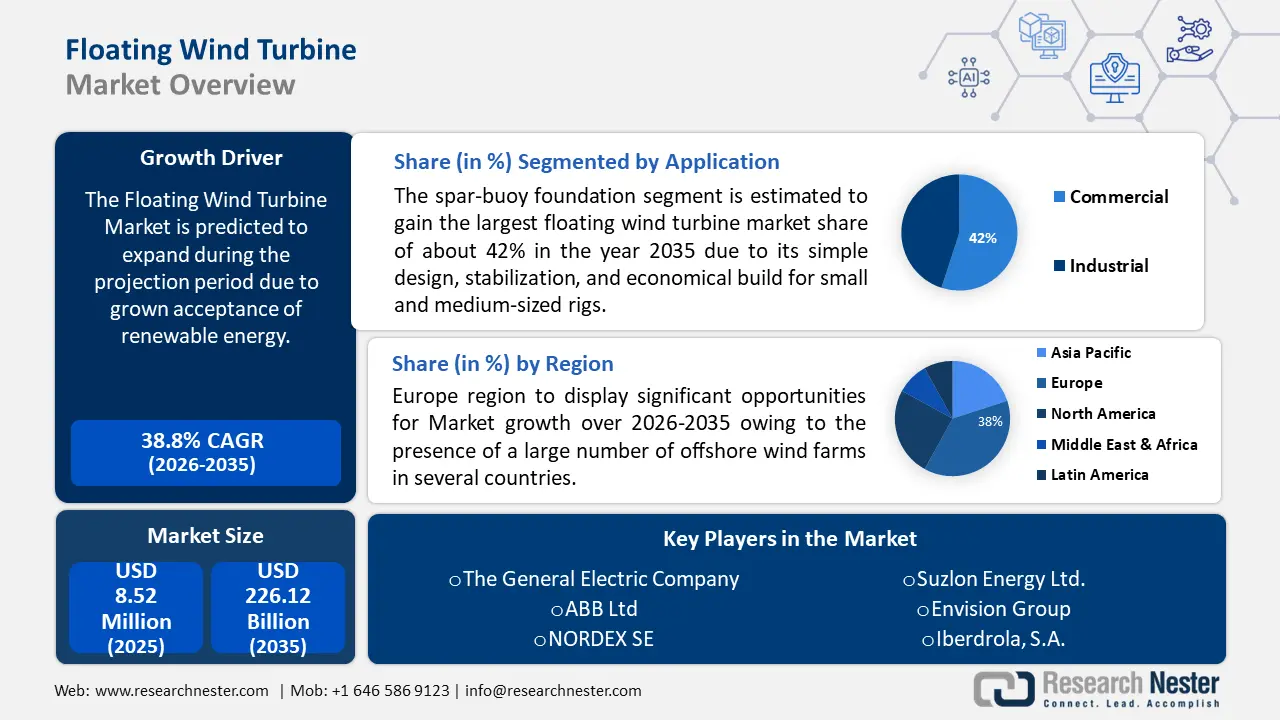
The growth of the market can be attributed to the increasing adoption of renewable energy across the globe. As per the International Energy Agency (IEA) statistics, renewable electricity generation is expected to cross 17000 terawatt-hours (TWh) by the end of the decade, accounting for almost 90% from 2023. In the electricity sector, the renewable energy share is expected to rise from 30% in 2023 to 46% in 2030. By the end of this decade, wind energy is predicted to be the second source of global renewable electricity after solar. In 2022, wind electricity generation increased to 265 TWh, reaching more than 2100 TWh.
The floating wind turbine market growth is also supported by the rise in initiatives to enhance the deployment of offshore wind energy. In 2022, the U.S. Department of Energy launched initiatives to deploy 15 GW of floating offshore wind, power 5 million homes, and reduce energy costs by 70% by 2037. Besides this, the higher capacity factor of floating wind turbines compared to the other onshore wind turbines is anticipated to accelerate the growth of the market in the projected time frame.
Key Floating Wind Turbine Market Insights Summary:
Regional Highlights:
- Europe floating wind turbine market will hold around 38% share by 2035, driven by numerous offshore wind farms, high investment in green energy, and advanced technology availability.
- North America market projects robust growth during the forecast timeline, driven by increasing number of coastal wind farms and strict government regulations on greenhouse emissions.
Segment Insights:
- The commercial segment in the floating wind turbine market anticipates significant expansion by 2035, driven by rising energy demand and commercial investments in sustainable power sources.
- The spar-buoy foundation segment in the floating wind turbine market is anticipated to capture a 42% share by 2035, driven by its simple, stable, and economical design for small and medium floating wind rigs.
Key Growth Trends:
- Increasing number of wind farm constructions across the globe
- Rising initiatives by governments worldwide
Major Challenges:
- Requirement of higher investments
- Lack of skilled workforce
Key Players: The General Electric Company, ABB Ltd, Siemens Gamesa Renewable Energy, S.A., Mingyang Smart Energy Group Co., Ltd., Suzlon Energy Ltd., NORDEX SE, Vestas Wind Systems A/S, Envision Group, Xinjiang Goldwind Science & Technology Co., Ltd., Iberdrola, S.A.
Global Floating Wind Turbine Market Forecast and Regional Outlook:
Market Size & Growth Projections:
- 2025 Market Size: USD 8.52 billion
- 2026 Market Size: USD 11.5 billion
- Projected Market Size: USD 226.12 billion by 2035
- Growth Forecasts: 38.8% CAGR (2026-2035)
Key Regional Dynamics:
- Largest Region: Europe (38% Share by 2035)
- Fastest Growing Region: Europe
- Dominating Countries: United Kingdom, China, Japan, Germany, United States
- Emerging Countries: United Kingdom, Germany, France, Norway, Denmark
Last updated on : 8 September, 2025
Floating Wind Turbine Market Growth Drivers and Challenges:
Growth Drivers
-
Increasing number of wind farm constructions across the globe: Due to the surging demand for energy, the construction of wind farms worldwide has significantly increased in the last few years. According to the World Wind Energy Association (WWEA), approximately 123 GW of new capacity was added between June 2023 and June 2024. China leads the expansion, accounting for 65% of new installations, followed by the U.S., Brazil, and Germany. Moreover, in December 2024, Norway announced its plans to pioneer new solutions in offshore wind farm construction. As more offshore wind farms are under construction, Norway is leading the way in offshore wind assembly and installations in cables, construction vessels, and port infrastructure.
-
Rising initiatives by governments worldwide: Many countries across the globe have set ambitious renewable energy targets to combat climate change. Governments are providing subsidies, tax credits, and feed-in tariffs to encourage the adoption of wind energy. For instance, the U.S has launched the Floating Offshore Wind Shot, led by the U.S. Departments of Energy (DOE), the Interior (DOI), Commerce and Transportation, to reduce the cost of floating offshore wind energy by more than 70% by the end of 2035. Another scheme was launched in India in June 2024, where the Union Cabinet approved the Viability Gap Funding (VGF) scheme for offshore wind energy projects worth USD 858.68 million. This VGF scheme is a key step toward the implementation of the National Offshore Wind Energy Policy.
Challenges
-
Requirement of higher investments: Establishing and maintaining the power lines that transmit power from a floating wind farm back to land can be expensive and require higher investment. It is challenging to construct a strong and secure wind farm in an ocean that is deeper than 200 feet. Hence, this factor is anticipated to hinder market growth in the coming years.
-
Lack of skilled workforce: Rapid market expansion is outpacing workforce development. Limited availability of engineers and technicians experienced in offshore wind and deep-sea mooring technologies can delay the ongoing projects, hampering overall floating wind turbine market growth.
Floating Wind Turbine Market Size and Forecast:
| Report Attribute | Details |
|---|---|
|
Base Year |
2025 |
|
Forecast Period |
2026-2035 |
|
CAGR |
38.8% |
|
Base Year Market Size (2025) |
USD 8.52 billion |
|
Forecast Year Market Size (2035) |
USD 226.12 billion |
|
Regional Scope |
|
Floating Wind Turbine Market Segmentation:
Foundation Segment Analysis
The spar-buoy foundation segment is estimated to gain the largest floating wind turbine market share of about 42% in the year 2035 due to its simple design, stabilization, and economical build for small and medium-sized rigs. Since it has its deep draft construction, a spar-buoy foundation is more stable than a semi-submersible foundation. Its framework is typically easier than that of semi-submersibles and TLPs. In addition to this, it is more stable than a TLP as it has a big counterbalance at its bottom and does not rely on the mooring to keep it stable.
Application Segment Analysis
The commercial segment in floating wind turbine market is expected to garner a significant share of around 55% by the end of 2035 owing to surging demand and consumption of energy in the commercial sector, coupled with the expanding investments by various organizations in sustainable energy sources. In addition to this, rising concern for environmental and climate change is estimated to increase the adoption of commercial-scale floating wind turbines in the coming years. In April 2024, Flotation Energy and Vårgrønn, a joint venture between HitecVision and Plenitude (Eni) received offshore planning approval for its Green Volt floating wind farm in Scotland. Upon the approval, it became the first-ever commercial-scale floating offshore wind farm in Europe.
The industrial segment is projected to witness an impressive CAGR during the forecast period, owing to the rising preference of the industrial sector towards green power to minimize their co-dependency on conventional fuel sources. Other factors such as stringent government regulations to conserve the environment and escalating investments in R&D activities to strive for the development of innovative technology are estimated to boost segment growth going ahead.
Our in-depth analysis of the global floating wind turbine market includes the following segments:
|
Water Depth |
|
|
Foundation |
|
|
Application |
|

Vishnu Nair
Head - Global Business DevelopmentCustomize this report to your requirements — connect with our consultant for personalized insights and options.
Floating Wind Turbine Market Regional Analysis:
Europe Market Insights
The floating wind turbine market in Europe is projected to account for the largest share of about 38% during the forecast period. This growth can be attributed to the presence of a large number of offshore wind farms in several countries, such as Denmark, Norway, the UK, and Russia, along with high untapped potential in the region. Based on a report by Pacific Northwest National Laboratory (PNNL), Denmark presently has 122 offshore wind farm projects, of which 16 are functioning. In addition to this, the great availability of advanced technology in many parts of the region, along with the high investment in the utilization of green energy sources are projected to spur the market growth further throughout the forecast period.
In the UK, the floating wind turbine market is expected to register rapid growth during the forecast period owing to the presence of abundant wind resources and engineering expertise in the country. The UK accounts for nearly 20% of global offshore wind capacity and has one of the largest offshore wind farms in the world, located off the coast of Yorkshire. Moreover, favorable government support and investments to enhance floating offshore wind deployment and rapid advancements in infrastructure development are expected to fuel market growth in the UK going ahead.
North America Market Insights
The North America floating wind turbine market is poised to register robust growth between 2026 and 2035, owing to the escalating number of wind farms in the coastal areas of the region. Further, the surge in strict regulations imposed by the government to control greenhouse emissions is anticipated to spur the growth of the floating wind turbine market in the region during the forecast period.
The floating wind turbine market in the U.S. is expected to expand at a rapid pace during the forecast period. As per the report by the U.S. Energy Information Administration (EIA), the U.S. produced around 434 billion kWh of electricity from wind energy in 2022, which accounted for 10.3% of total U.S. utility-scale electricity generation. In September 2024, Vestas, a Danish manufacturer, installer, and service of wind turbines secured its first U.S offshore order with an 810 MW Empire Wind 1 project.
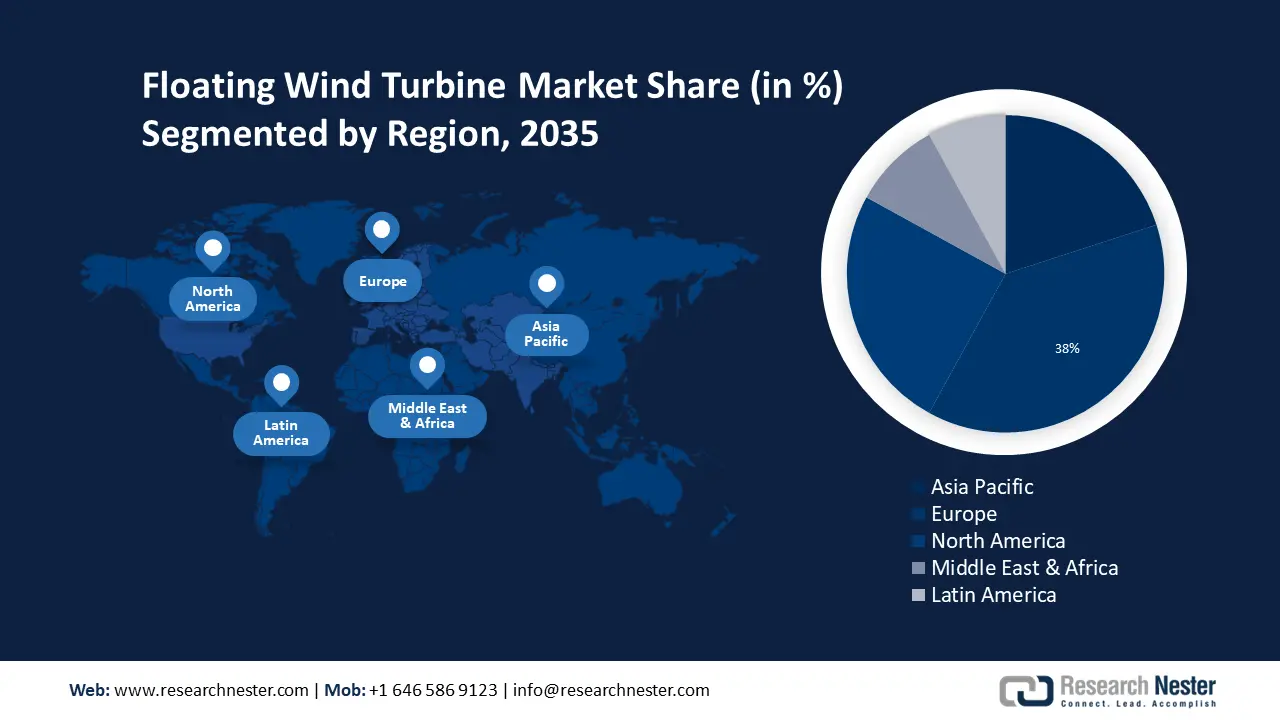
Floating Wind Turbine Market Players:
- The General Electric Company
- Company Overview
- Business Strategy
- Key Product Offerings
- Financial Performance
- Key Performance Indicators
- Risk Analysis
- Recent Development
- Regional Presence
- SWOT Analysis
- ABB Ltd
- Siemens Gamesa Renewable Energy, S.A.
- Mingyang Smart Energy Group Co., Ltd.
- Suzlon Energy Ltd.
- NORDEX SE
- Vestas Wind Systems A/S
- Envision Group
- Xinjiang Goldwind Science & Technology Co., Ltd.
- Iberdrola, S.A.
The global floating wind turbine market is highly competitive, consisting of key players operating at global and regional levels. The key players in the market are focused on developing advanced floating wind turbines to meet the sustainable goals initiated by governments worldwide. These key players are focused on adopting several strategies such as product launches, mergers and acquisitions, joint ventures, and license agreements to enhance their product base and sustain their market position. Here is a list of key players operating in the global market:
Recent Developments
- In August 2024, TotalEnergies announced the launch of a pilot project of a floating wind turbine to supply renewable power to the Culzean offshore platform in the UK North Sea.
- In March 2022, SBM Offshore unveiled Float4WindTM, a novel floating wind energy solution to support the energy transition plans of the government. With the launch of Float4WindTM, the company is actively engaging clients in the market.
- Report ID: 3352
- Published Date: Sep 08, 2025
- Report Format: PDF, PPT
- Explore a preview of key market trends and insights
- Review sample data tables and segment breakdowns
- Experience the quality of our visual data representations
- Evaluate our report structure and research methodology
- Get a glimpse of competitive landscape analysis
- Understand how regional forecasts are presented
- Assess the depth of company profiling and benchmarking
- Preview how actionable insights can support your strategy
Explore real data and analysis
Frequently Asked Questions (FAQ)
Floating Wind Turbine Market Report Scope
FREE Sample Copy includes market overview, growth trends, statistical charts & tables, forecast estimates, and much more.
Connect with our Expert
See how top U.S. companies are managing market uncertainty — get your free sample with trends, challenges, macroeconomic factors, charts, forecasts, and more.
Copyright @ 2025 Research Nester. All Rights Reserved.


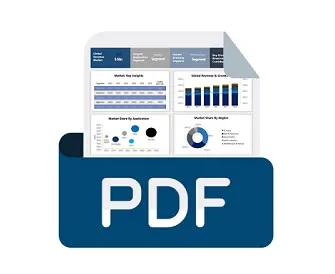

 Afghanistan (+93)
Afghanistan (+93)
 Åland Islands (+358)
Åland Islands (+358)
 Albania (+355)
Albania (+355)
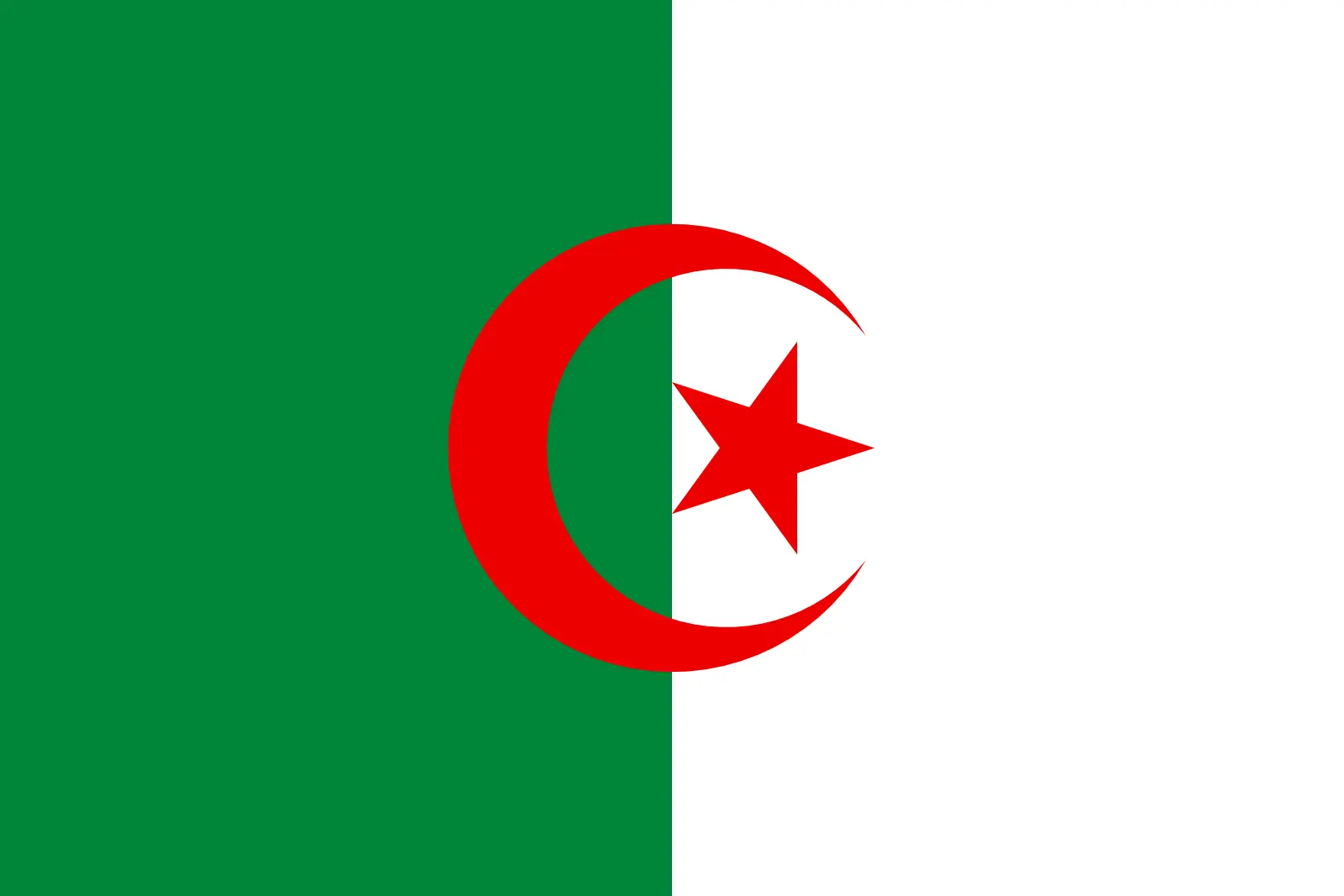 Algeria (+213)
Algeria (+213)
 American Samoa (+1684)
American Samoa (+1684)
 Andorra (+376)
Andorra (+376)
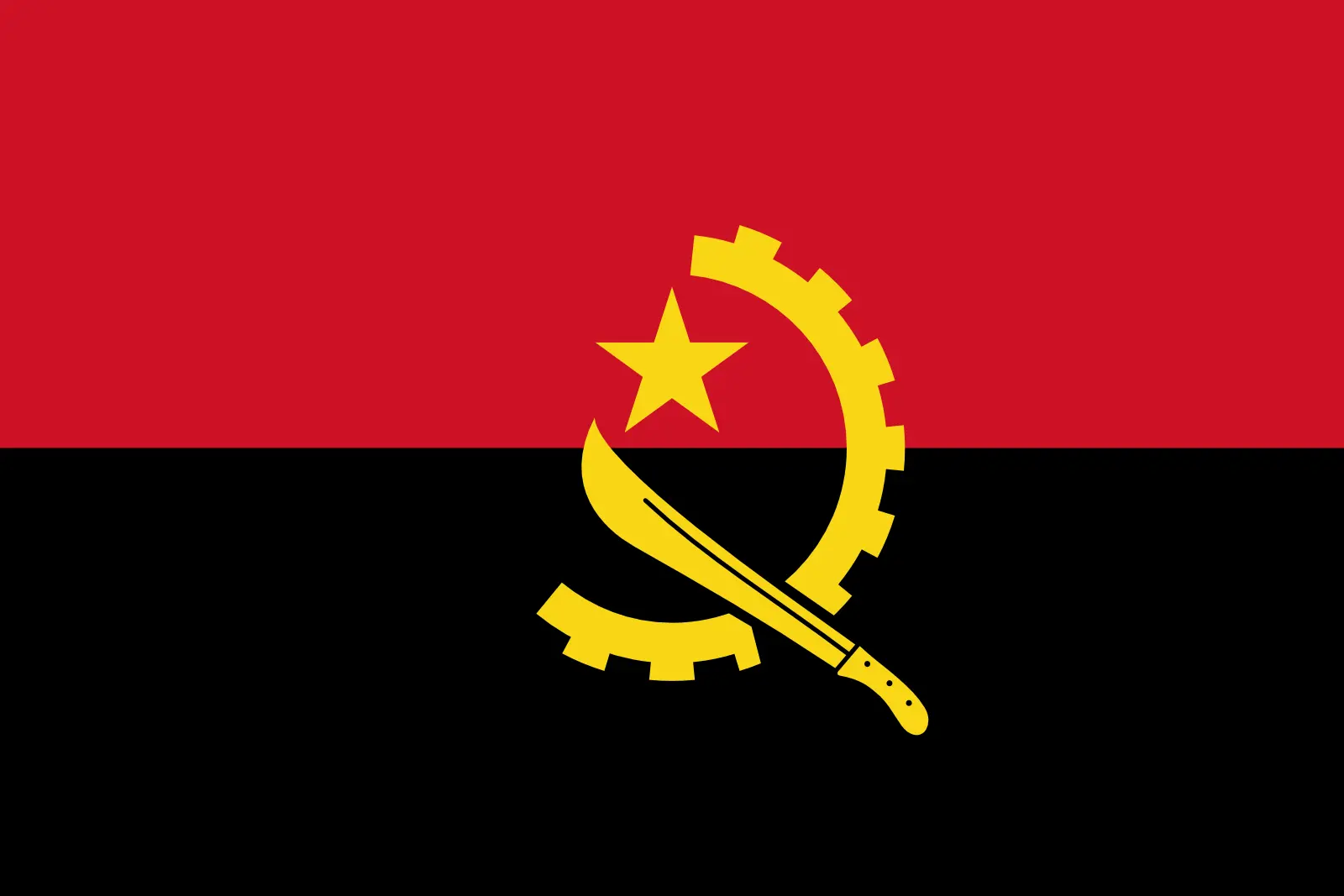 Angola (+244)
Angola (+244)
 Anguilla (+1264)
Anguilla (+1264)
 Antarctica (+672)
Antarctica (+672)
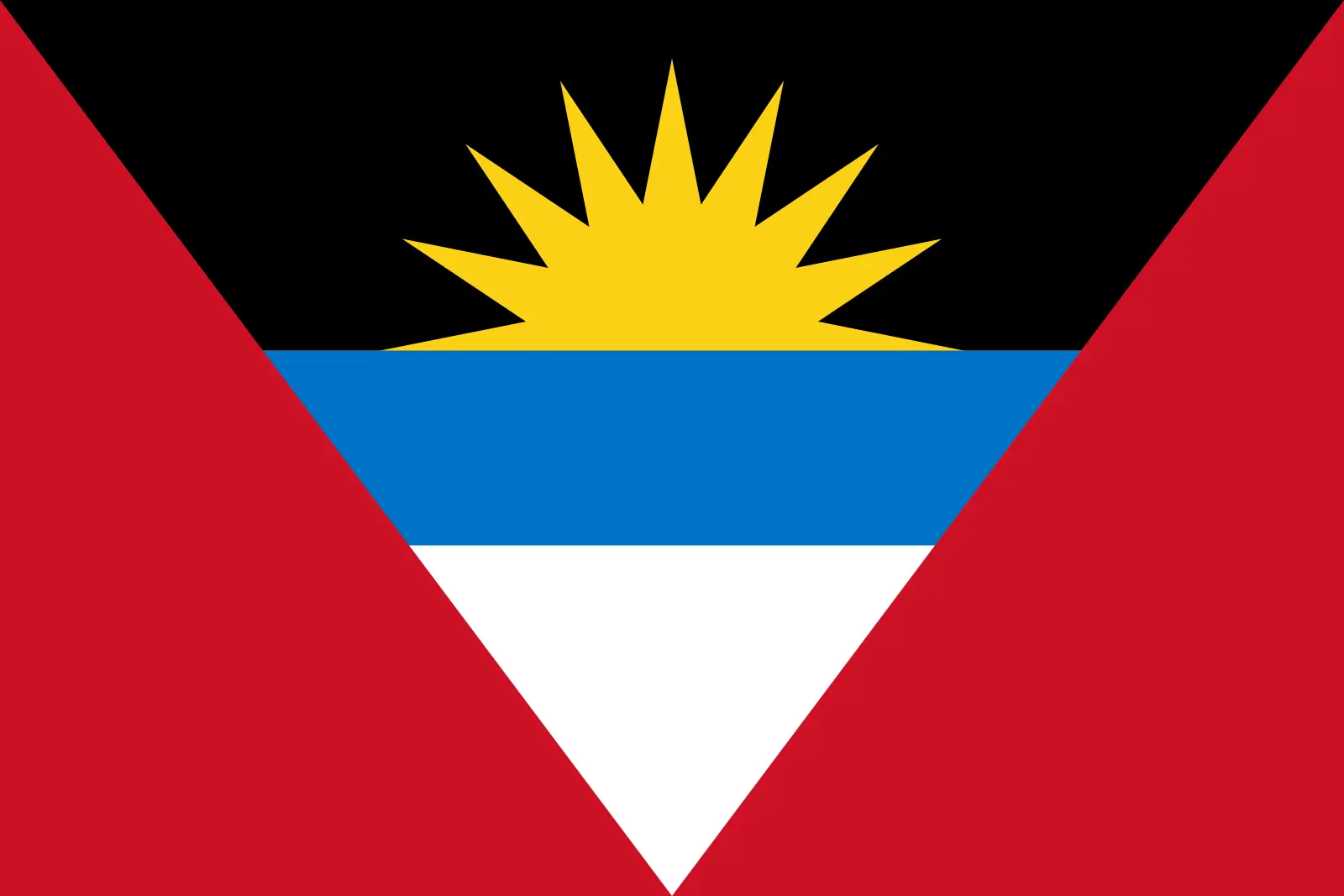 Antigua and Barbuda (+1268)
Antigua and Barbuda (+1268)
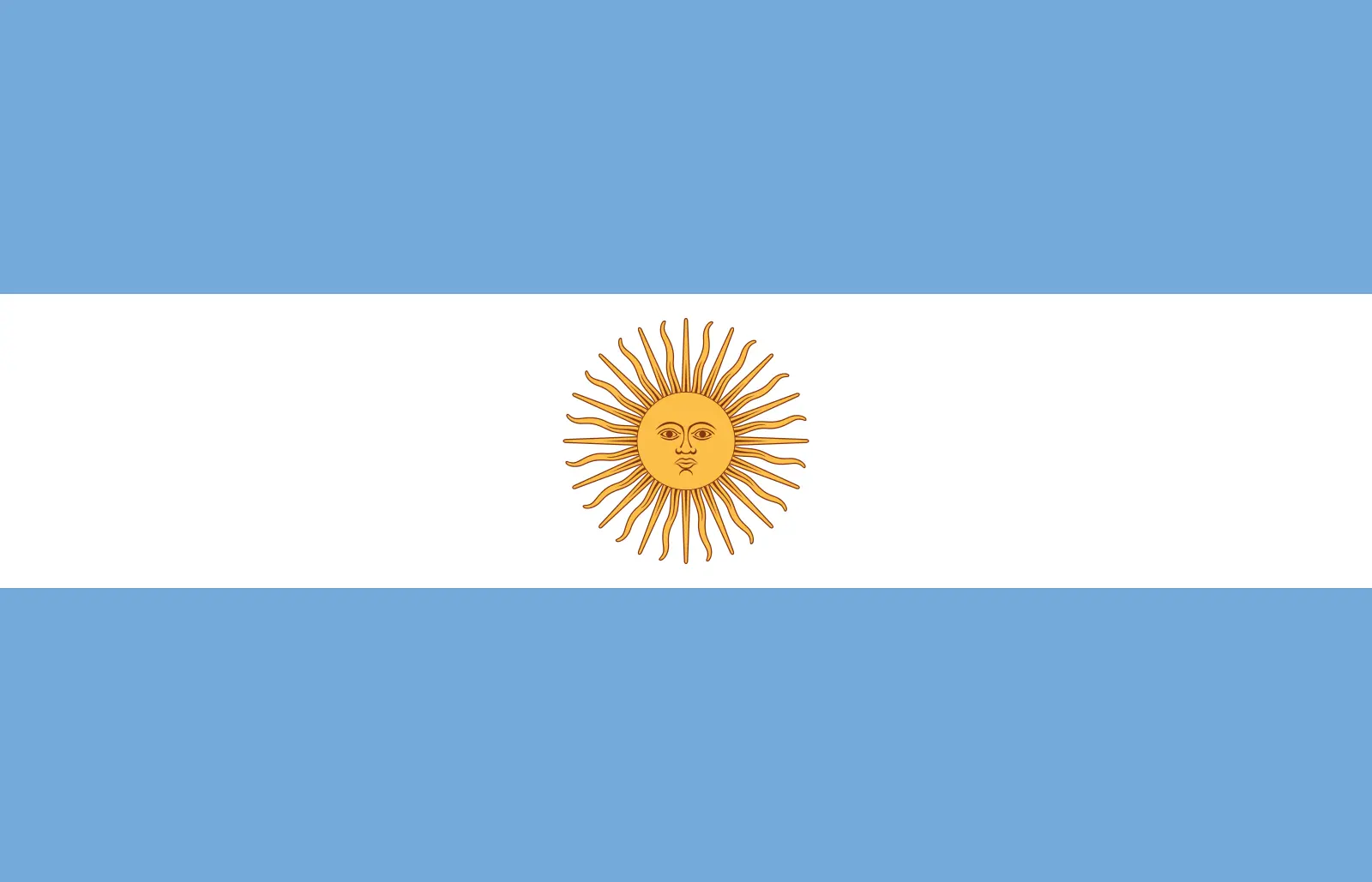 Argentina (+54)
Argentina (+54)
 Armenia (+374)
Armenia (+374)
 Aruba (+297)
Aruba (+297)
 Australia (+61)
Australia (+61)
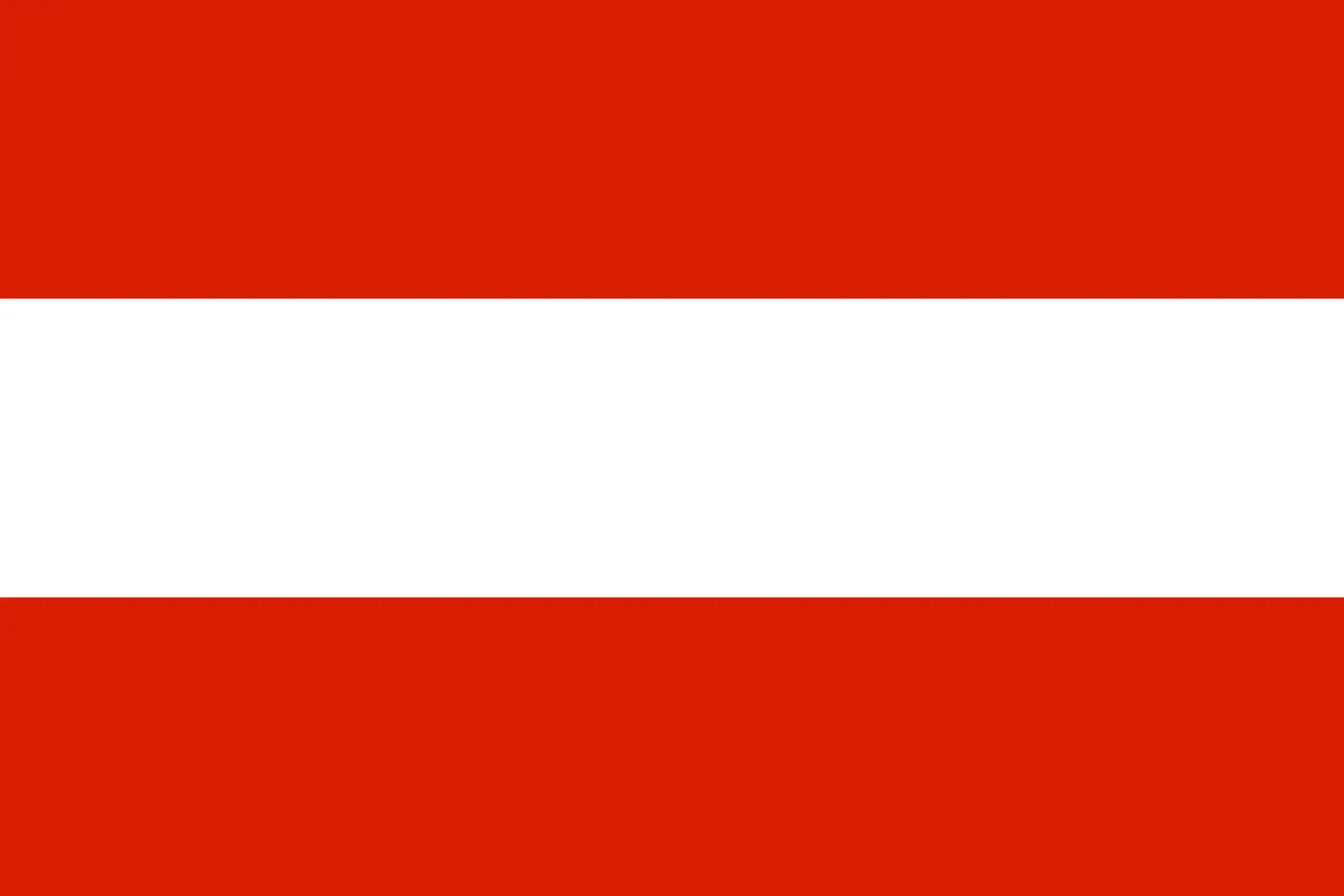 Austria (+43)
Austria (+43)
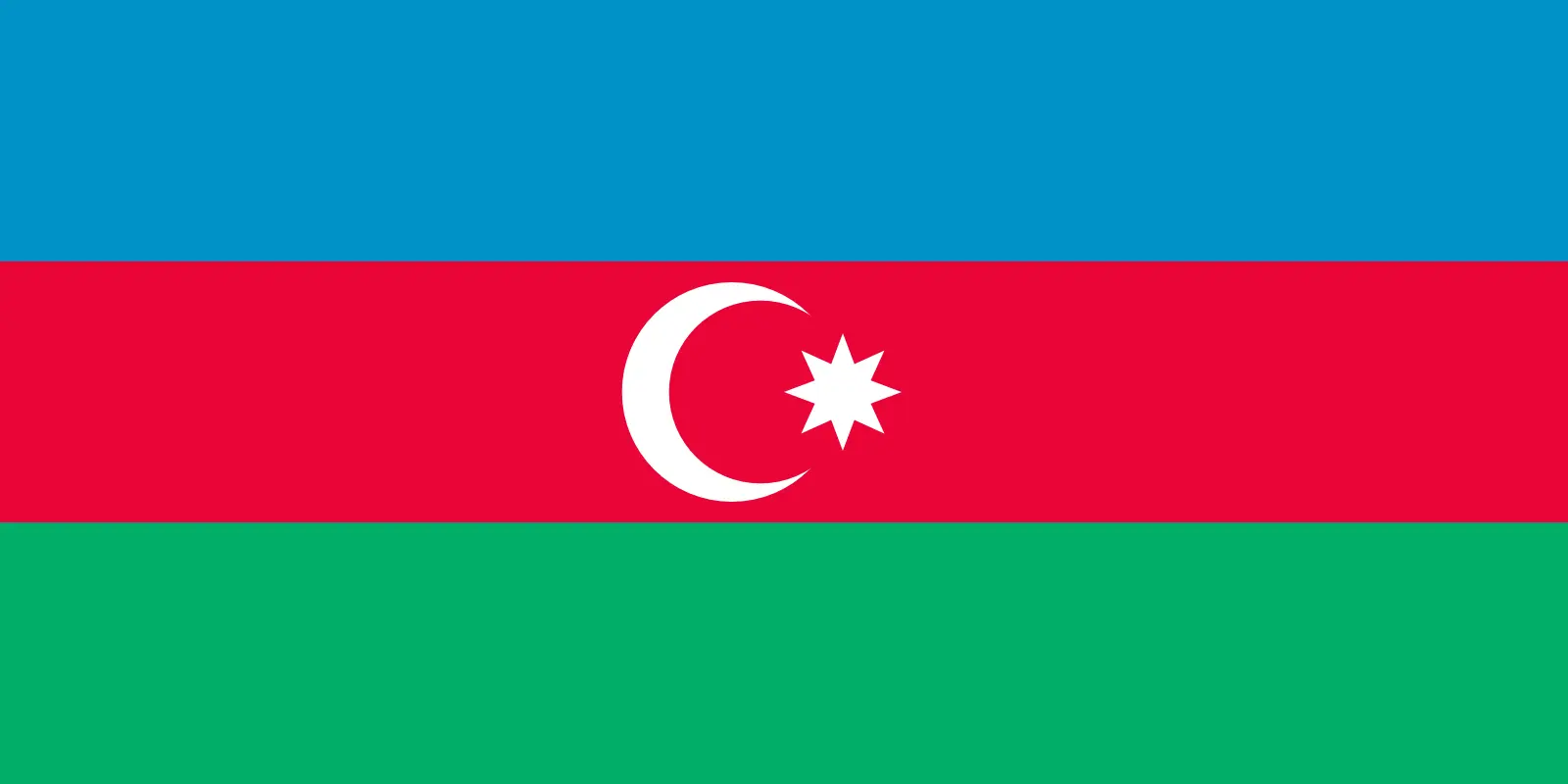 Azerbaijan (+994)
Azerbaijan (+994)
 Bahamas (+1242)
Bahamas (+1242)
 Bahrain (+973)
Bahrain (+973)
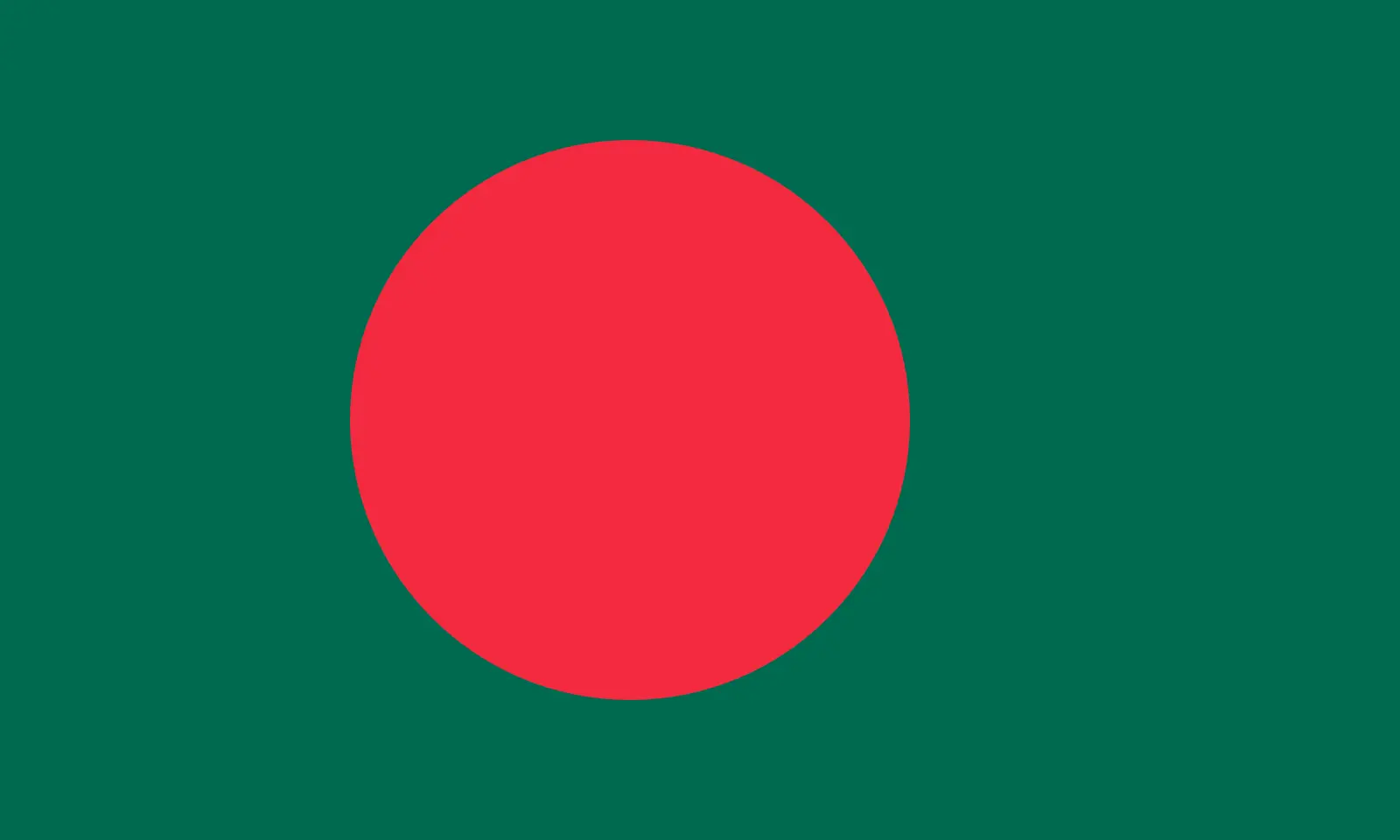 Bangladesh (+880)
Bangladesh (+880)
 Barbados (+1246)
Barbados (+1246)
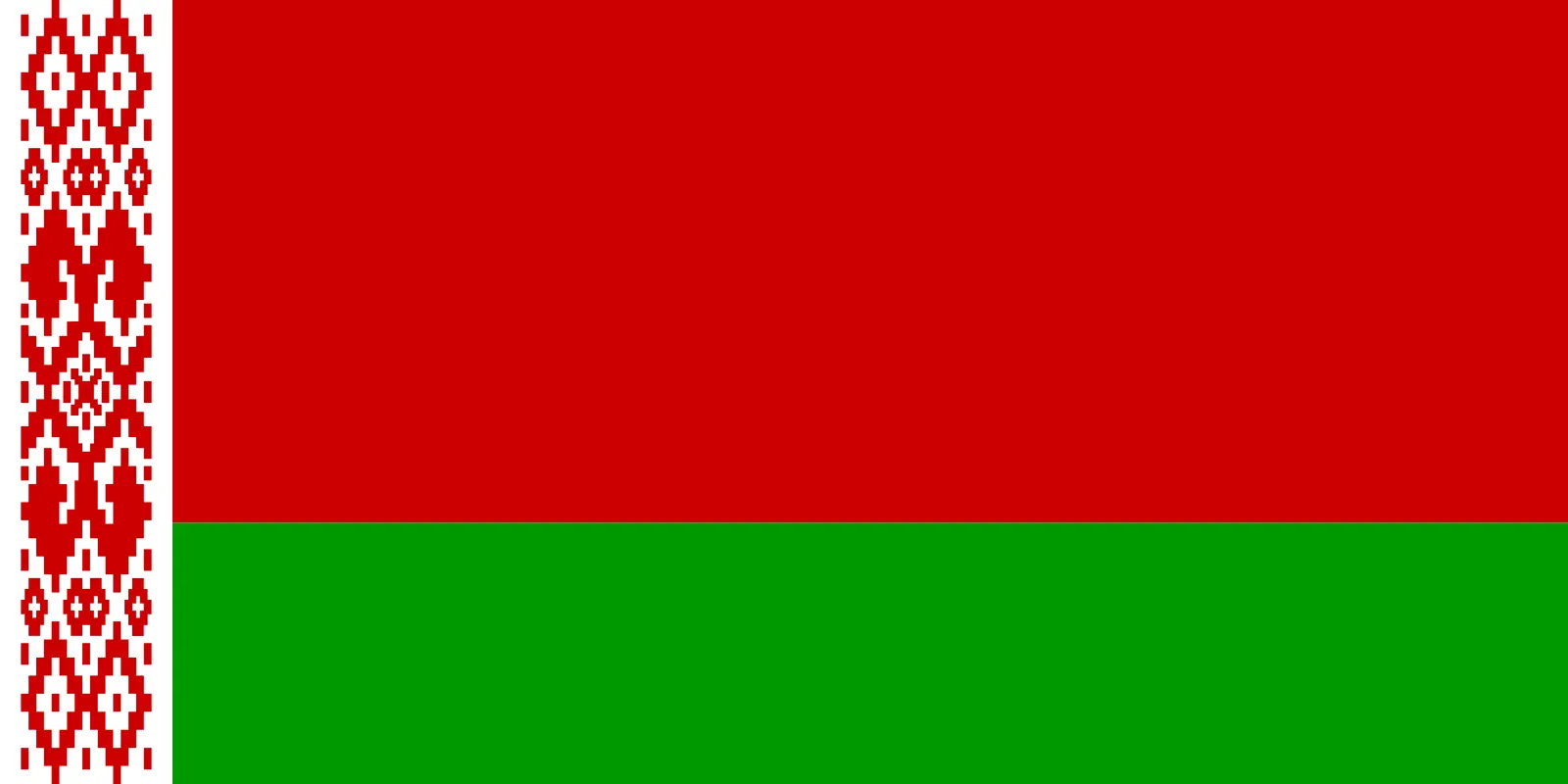 Belarus (+375)
Belarus (+375)
 Belgium (+32)
Belgium (+32)
 Belize (+501)
Belize (+501)
 Benin (+229)
Benin (+229)
 Bermuda (+1441)
Bermuda (+1441)
 Bhutan (+975)
Bhutan (+975)
 Bolivia (+591)
Bolivia (+591)
 Bosnia and Herzegovina (+387)
Bosnia and Herzegovina (+387)
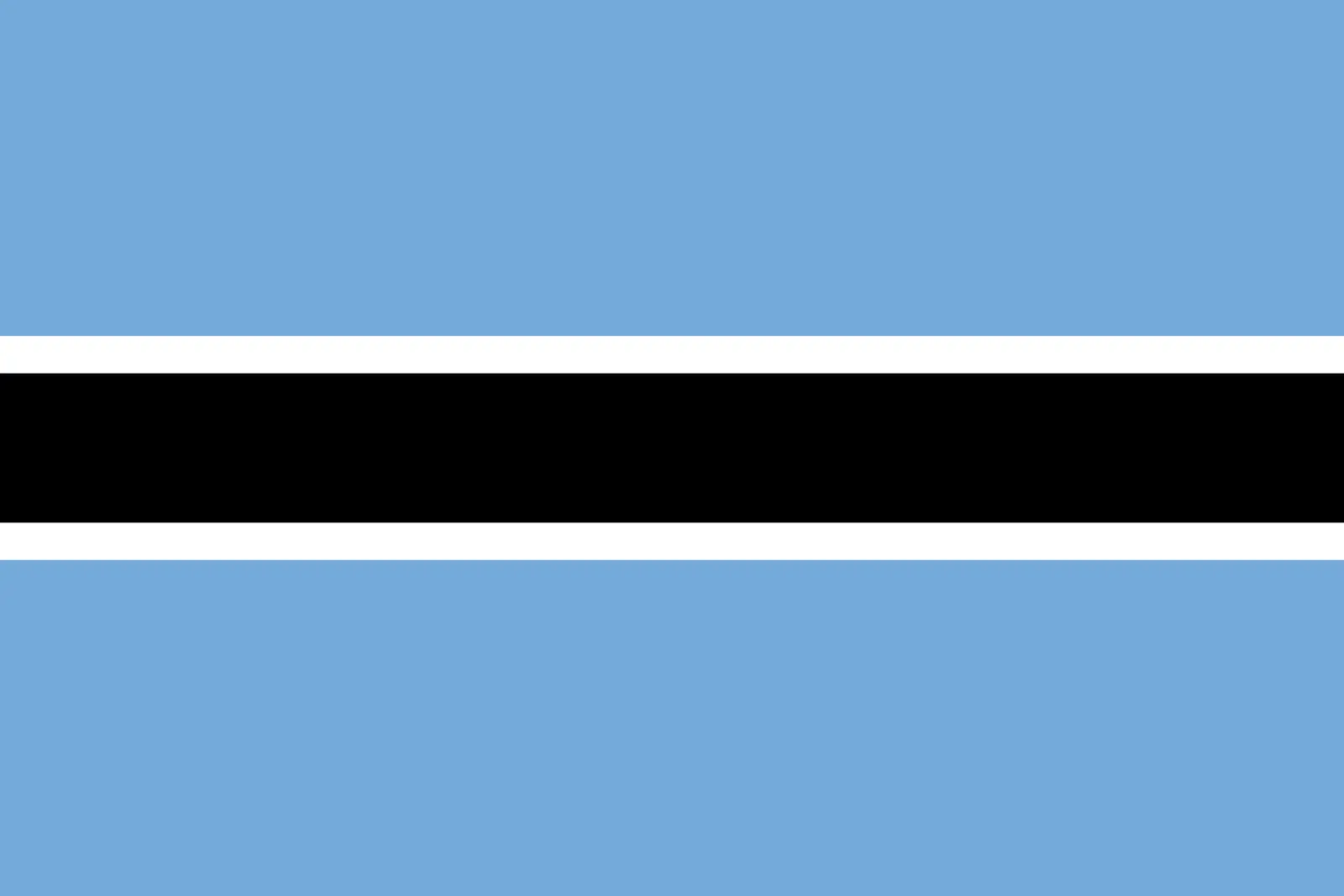 Botswana (+267)
Botswana (+267)
 Bouvet Island (+)
Bouvet Island (+)
 Brazil (+55)
Brazil (+55)
 British Indian Ocean Territory (+246)
British Indian Ocean Territory (+246)
 British Virgin Islands (+1284)
British Virgin Islands (+1284)
 Brunei (+673)
Brunei (+673)
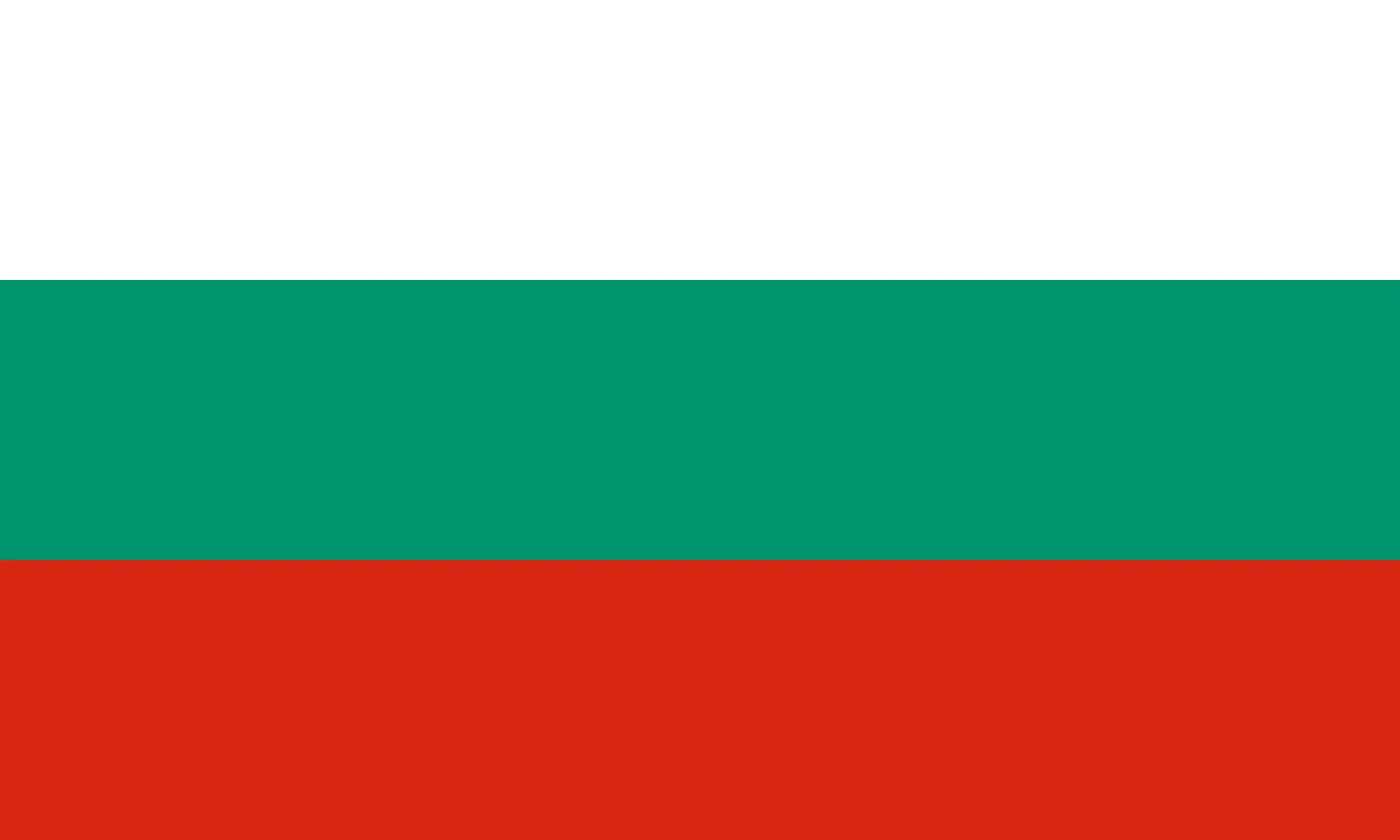 Bulgaria (+359)
Bulgaria (+359)
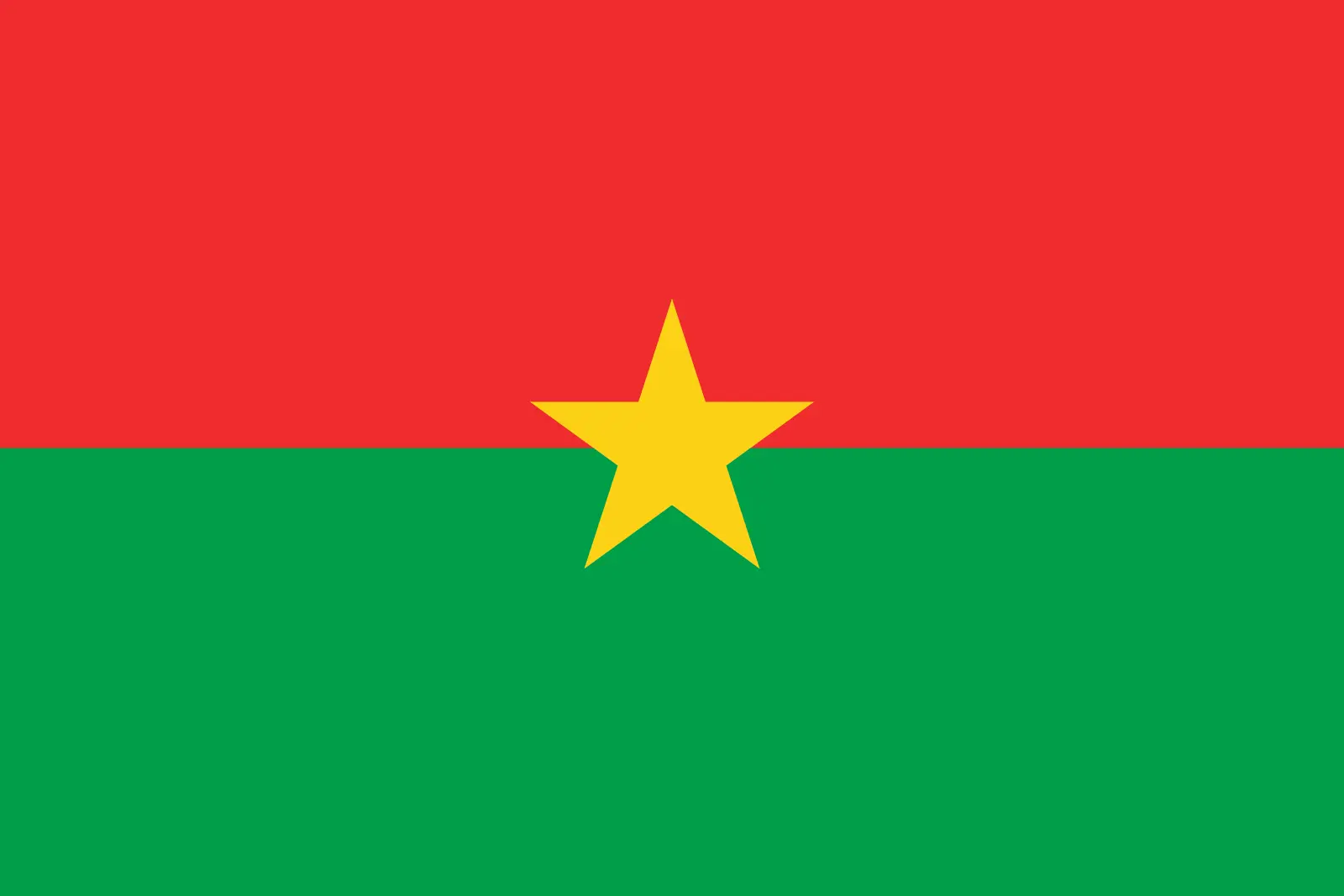 Burkina Faso (+226)
Burkina Faso (+226)
 Burundi (+257)
Burundi (+257)
 Cambodia (+855)
Cambodia (+855)
 Cameroon (+237)
Cameroon (+237)
 Canada (+1)
Canada (+1)
 Cape Verde (+238)
Cape Verde (+238)
 Cayman Islands (+1345)
Cayman Islands (+1345)
 Central African Republic (+236)
Central African Republic (+236)
 Chad (+235)
Chad (+235)
 Chile (+56)
Chile (+56)
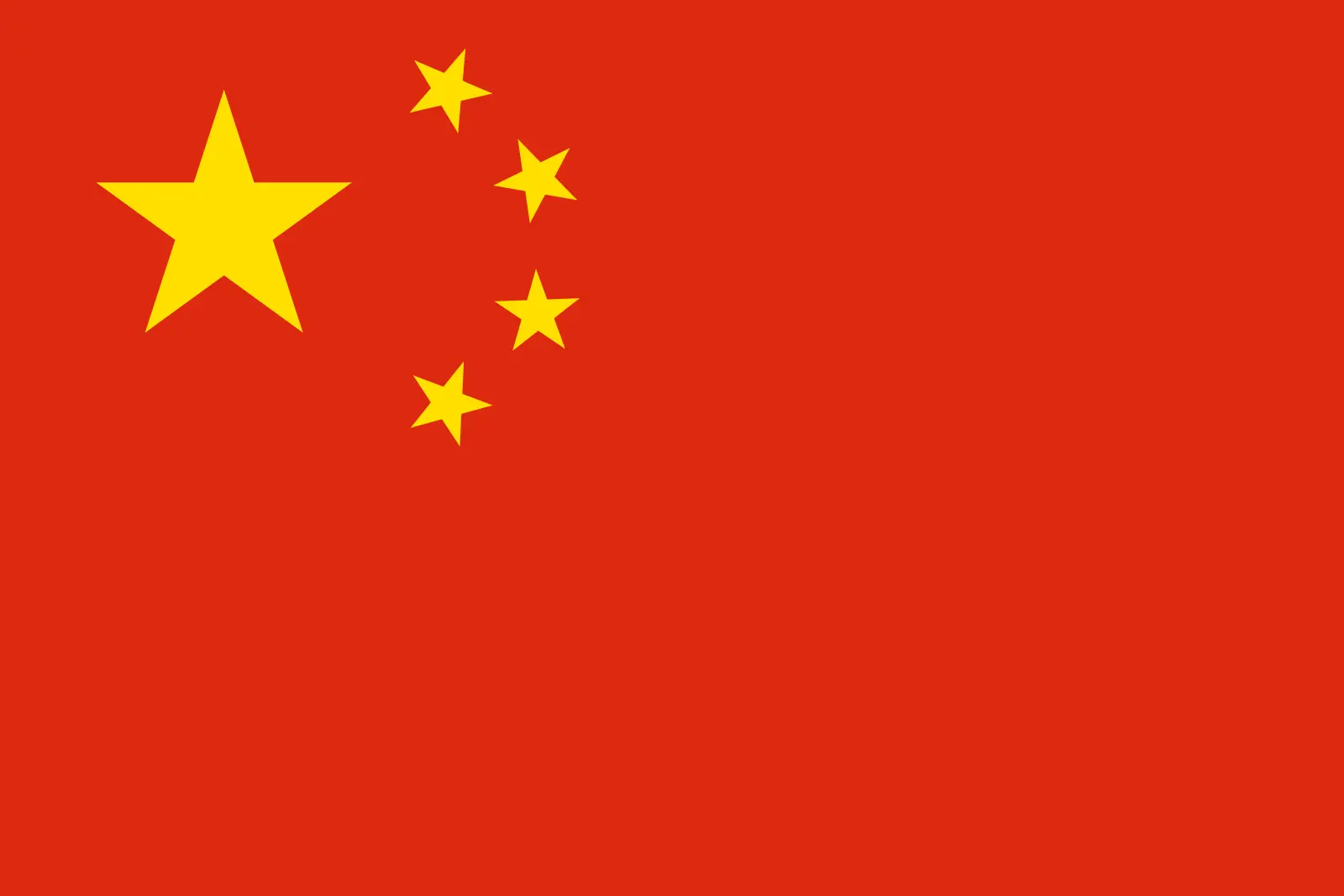 China (+86)
China (+86)
 Christmas Island (+61)
Christmas Island (+61)
 Cocos (Keeling) Islands (+61)
Cocos (Keeling) Islands (+61)
 Colombia (+57)
Colombia (+57)
 Comoros (+269)
Comoros (+269)
 Cook Islands (+682)
Cook Islands (+682)
 Costa Rica (+506)
Costa Rica (+506)
 Croatia (+385)
Croatia (+385)
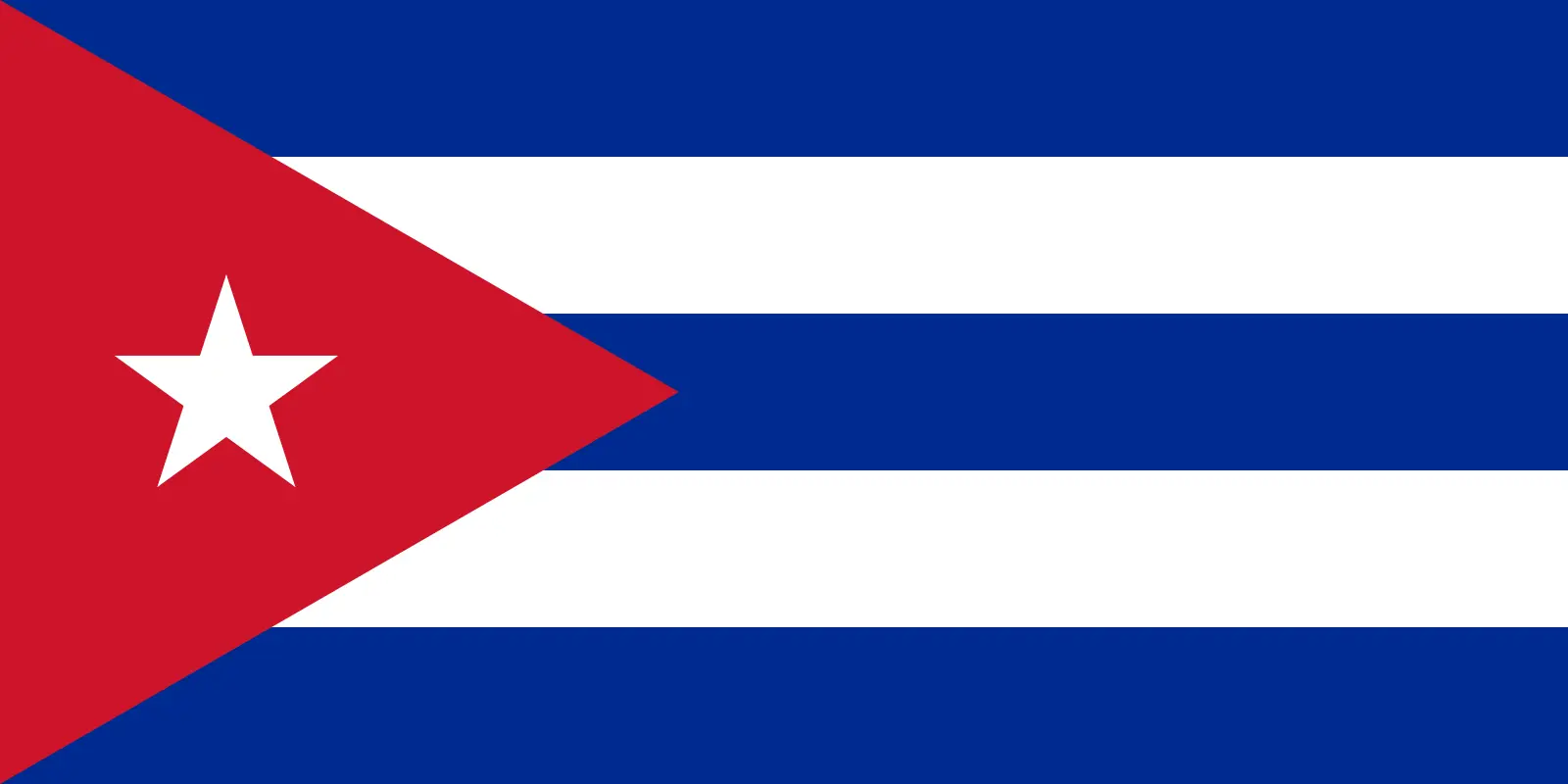 Cuba (+53)
Cuba (+53)
 Curaçao (+599)
Curaçao (+599)
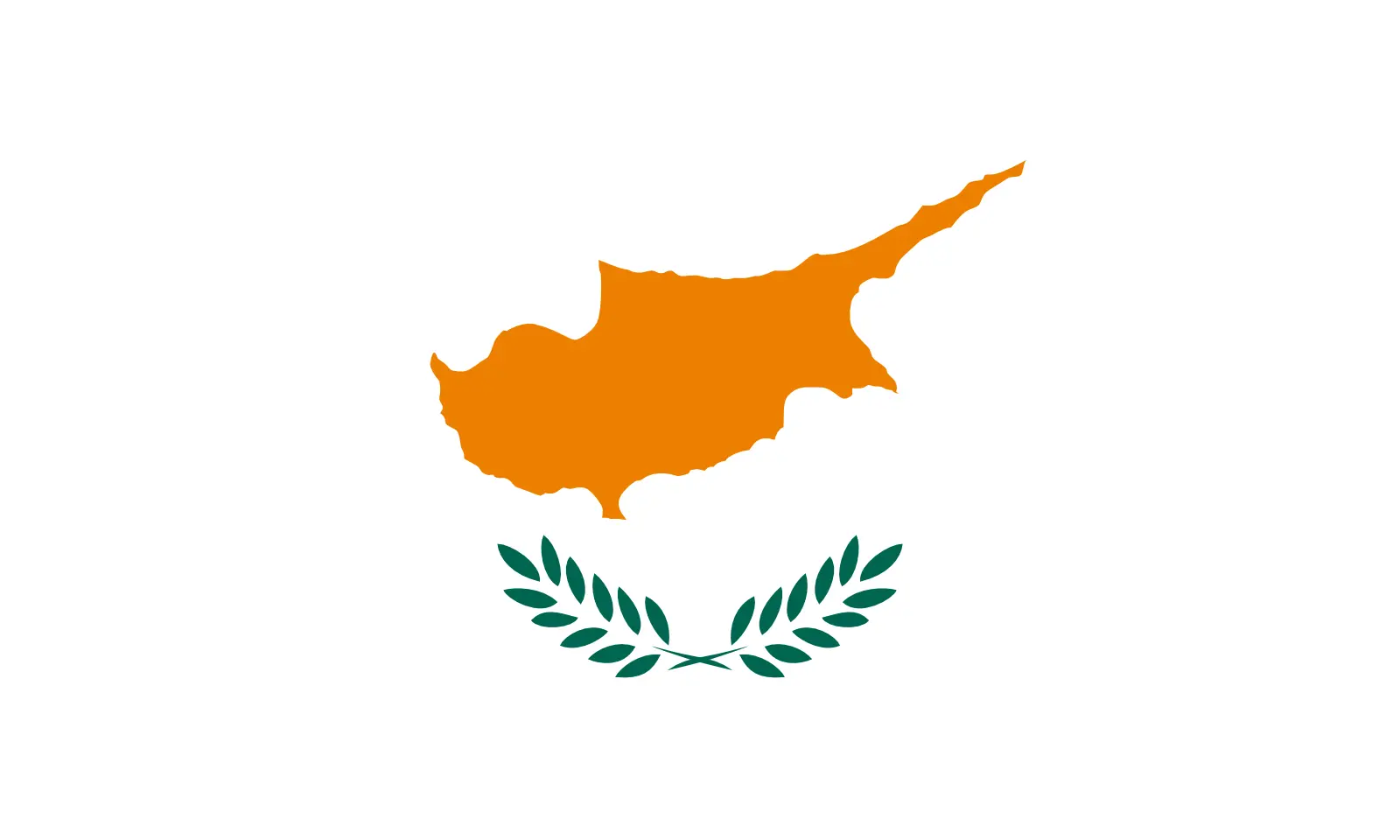 Cyprus (+357)
Cyprus (+357)
 Czechia (+420)
Czechia (+420)
 Democratic Republic of the Congo (+243)
Democratic Republic of the Congo (+243)
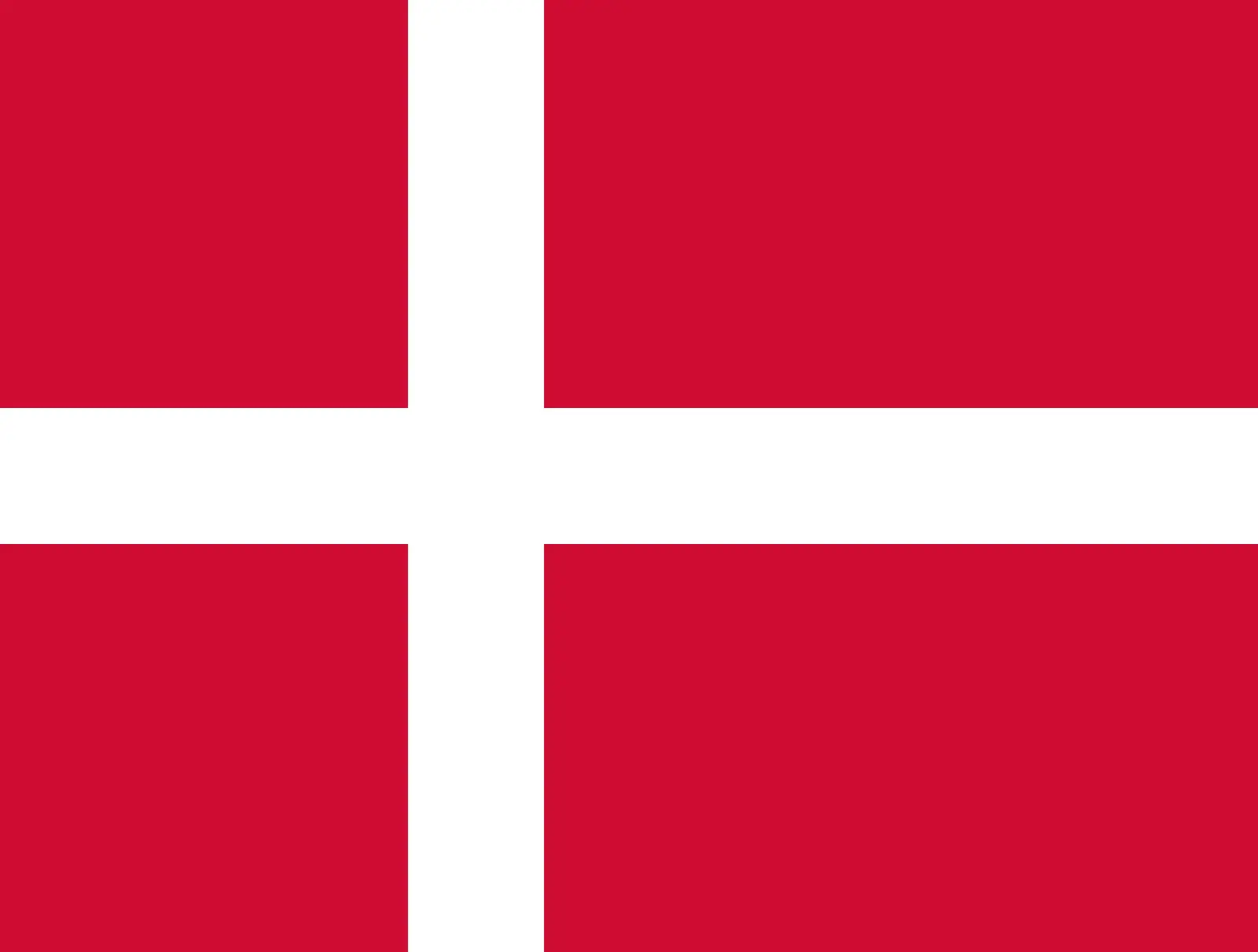 Denmark (+45)
Denmark (+45)
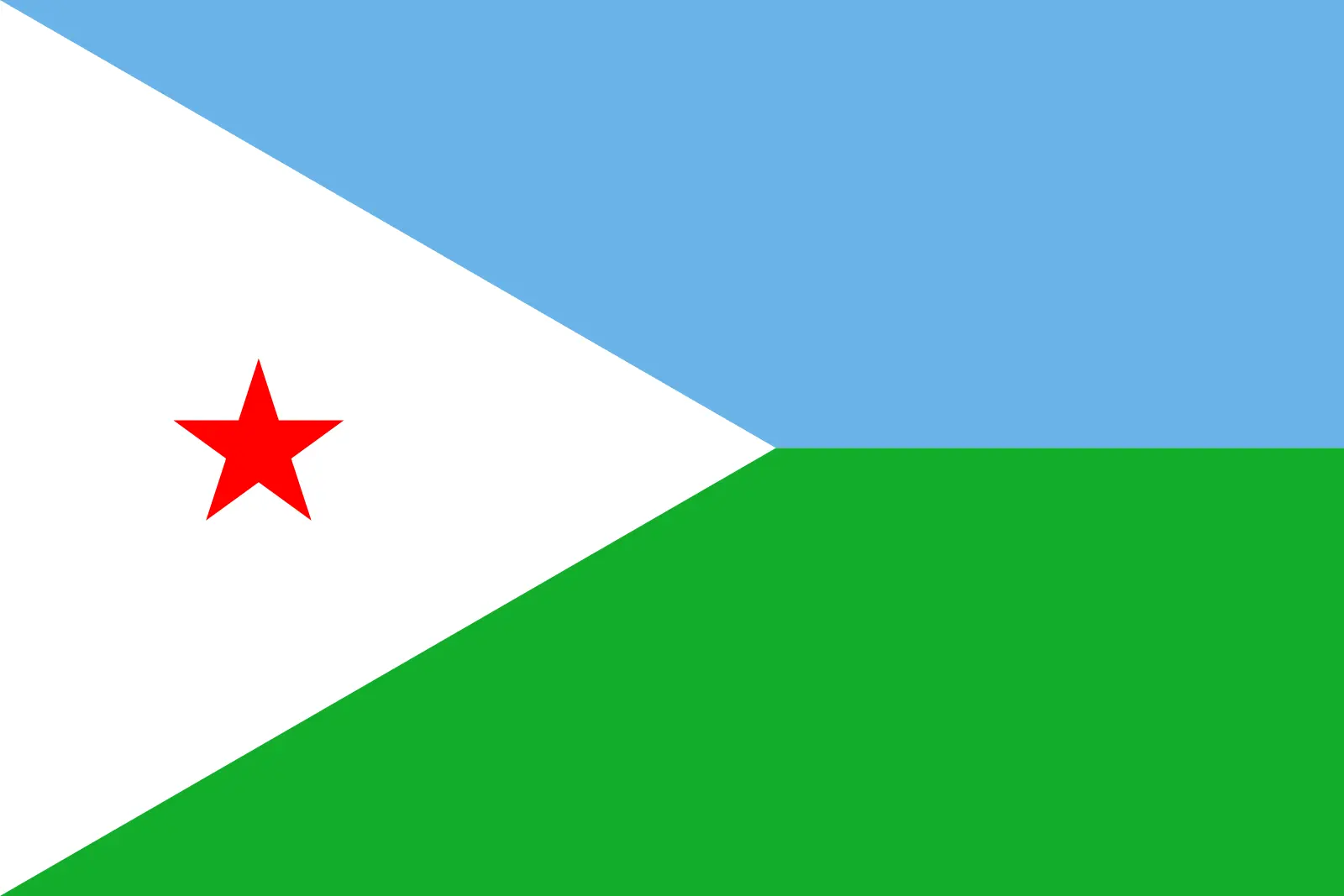 Djibouti (+253)
Djibouti (+253)
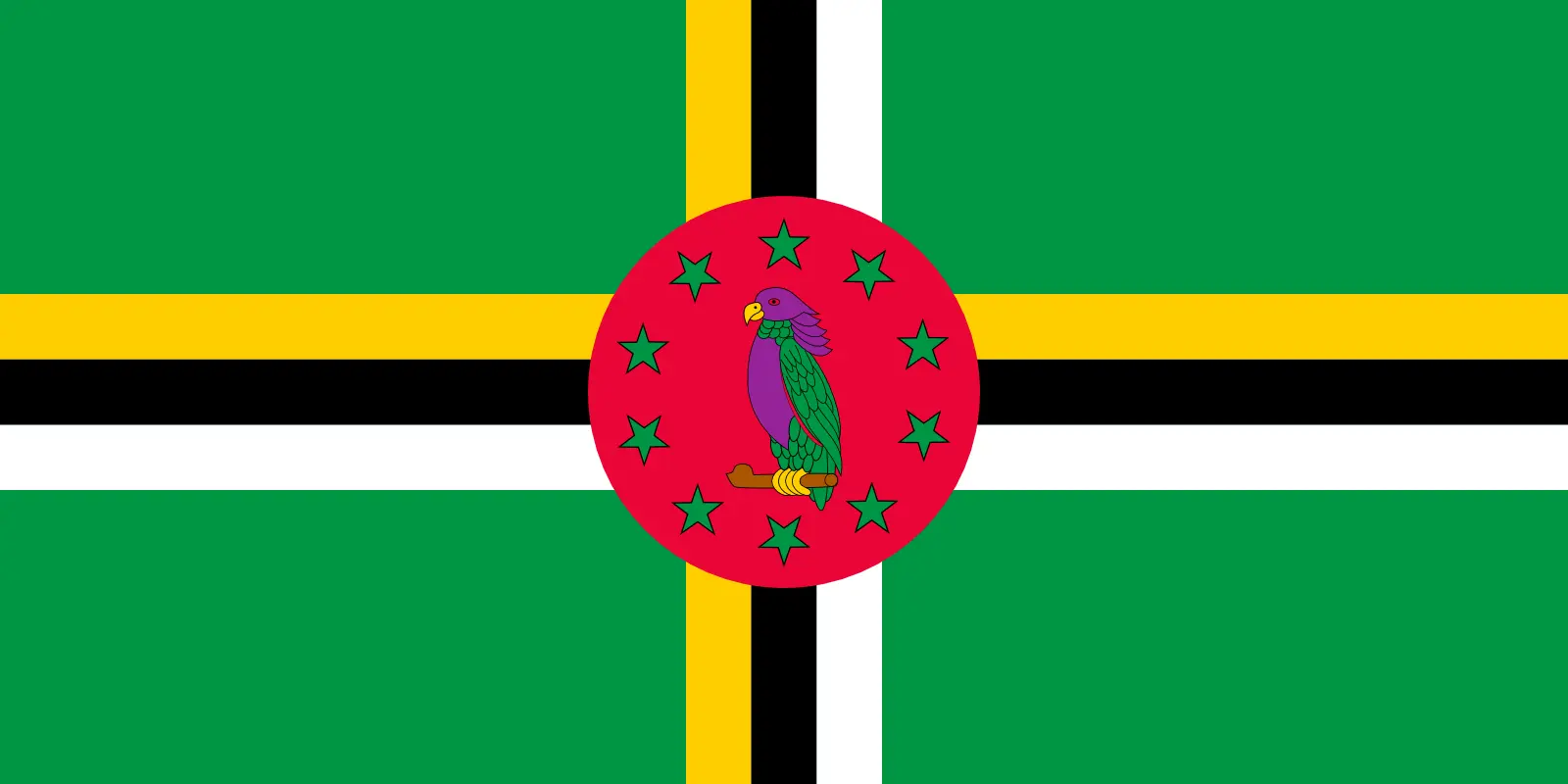 Dominica (+1767)
Dominica (+1767)
 Dominican Republic (+1809)
Dominican Republic (+1809)
 Timor-Leste (+670)
Timor-Leste (+670)
 Ecuador (+593)
Ecuador (+593)
 Egypt (+20)
Egypt (+20)
 El Salvador (+503)
El Salvador (+503)
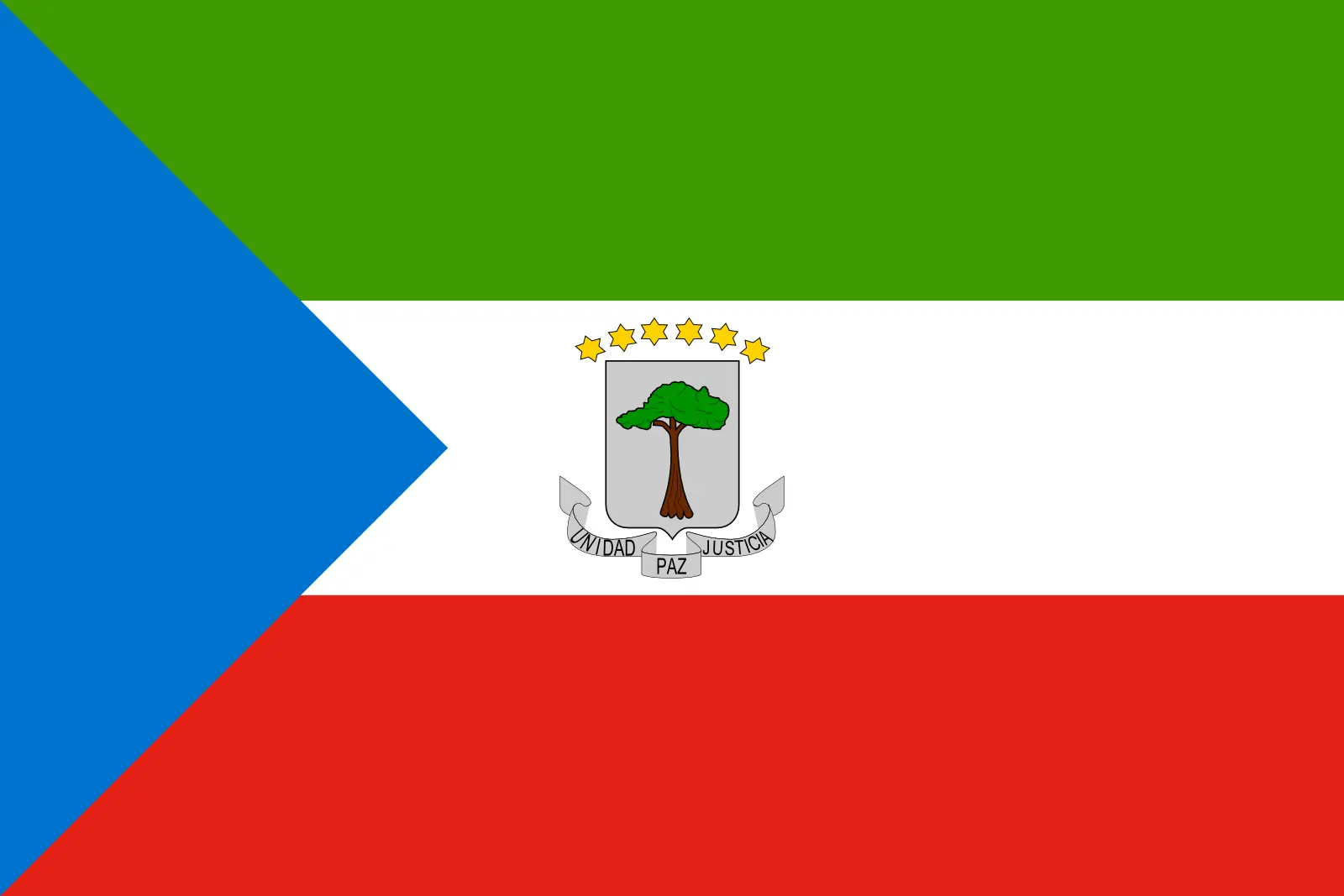 Equatorial Guinea (+240)
Equatorial Guinea (+240)
 Eritrea (+291)
Eritrea (+291)
 Estonia (+372)
Estonia (+372)
 Ethiopia (+251)
Ethiopia (+251)
 Falkland Islands (+500)
Falkland Islands (+500)
 Faroe Islands (+298)
Faroe Islands (+298)
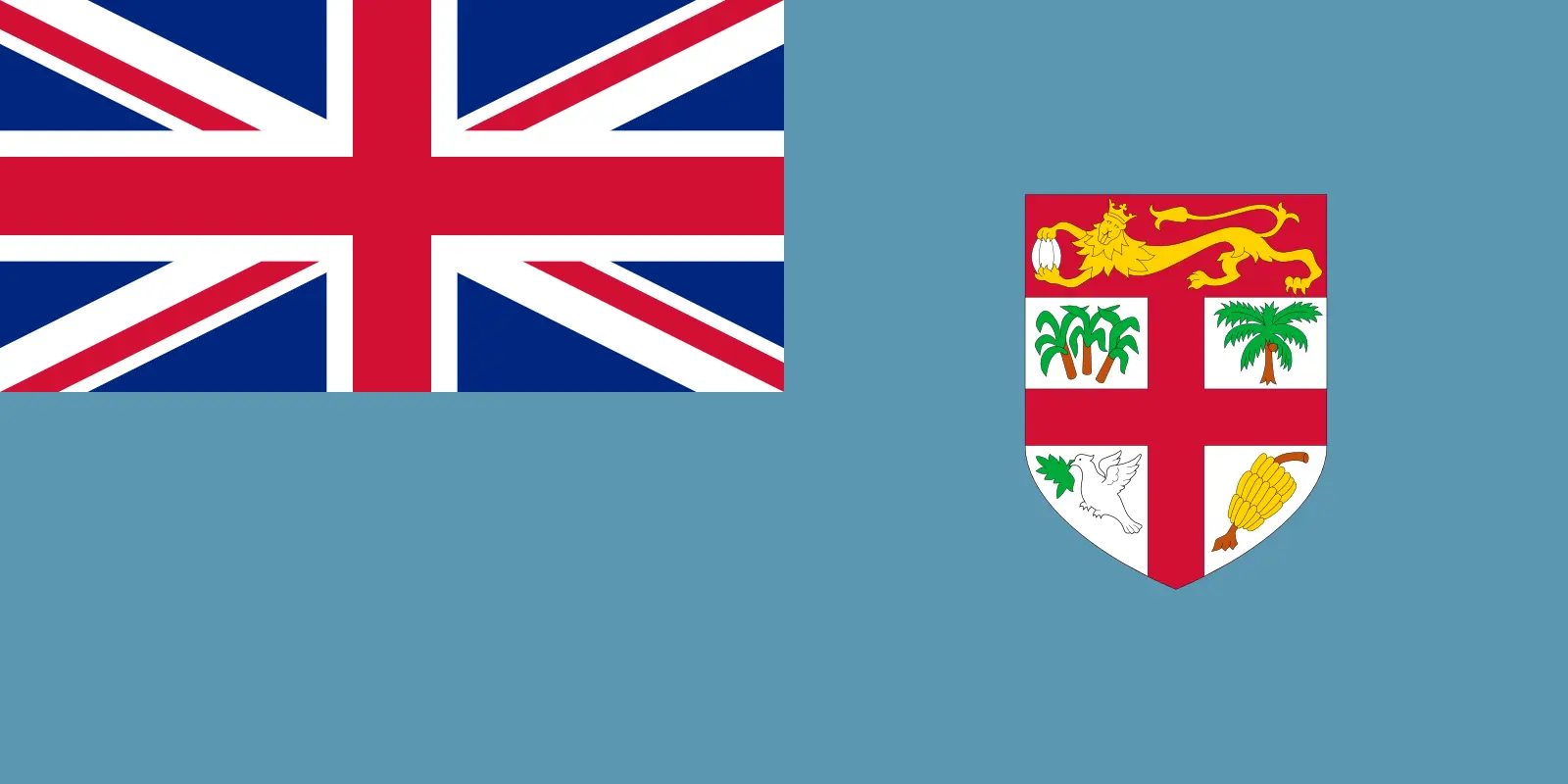 Fiji (+679)
Fiji (+679)
 Finland (+358)
Finland (+358)
 France (+33)
France (+33)
 Gabon (+241)
Gabon (+241)
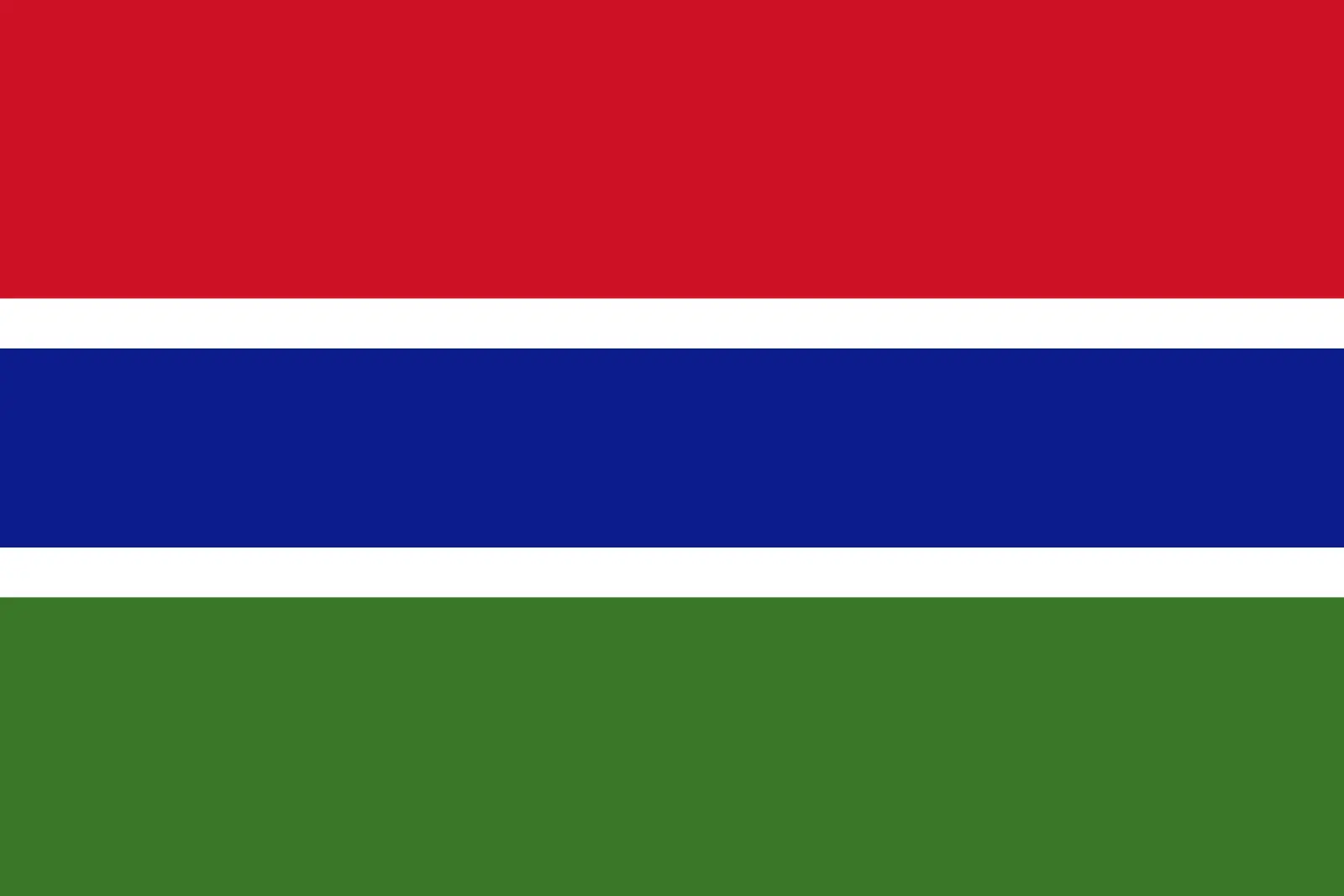 Gambia (+220)
Gambia (+220)
 Georgia (+995)
Georgia (+995)
 Germany (+49)
Germany (+49)
 Ghana (+233)
Ghana (+233)
 Gibraltar (+350)
Gibraltar (+350)
 Greece (+30)
Greece (+30)
 Greenland (+299)
Greenland (+299)
 Grenada (+1473)
Grenada (+1473)
 Guadeloupe (+590)
Guadeloupe (+590)
 Guam (+1671)
Guam (+1671)
 Guatemala (+502)
Guatemala (+502)
 Guinea (+224)
Guinea (+224)
 Guinea-Bissau (+245)
Guinea-Bissau (+245)
 Guyana (+592)
Guyana (+592)
 Haiti (+509)
Haiti (+509)
 Honduras (+504)
Honduras (+504)
 Hong Kong (+852)
Hong Kong (+852)
 Hungary (+36)
Hungary (+36)
 Iceland (+354)
Iceland (+354)
 India (+91)
India (+91)
 Indonesia (+62)
Indonesia (+62)
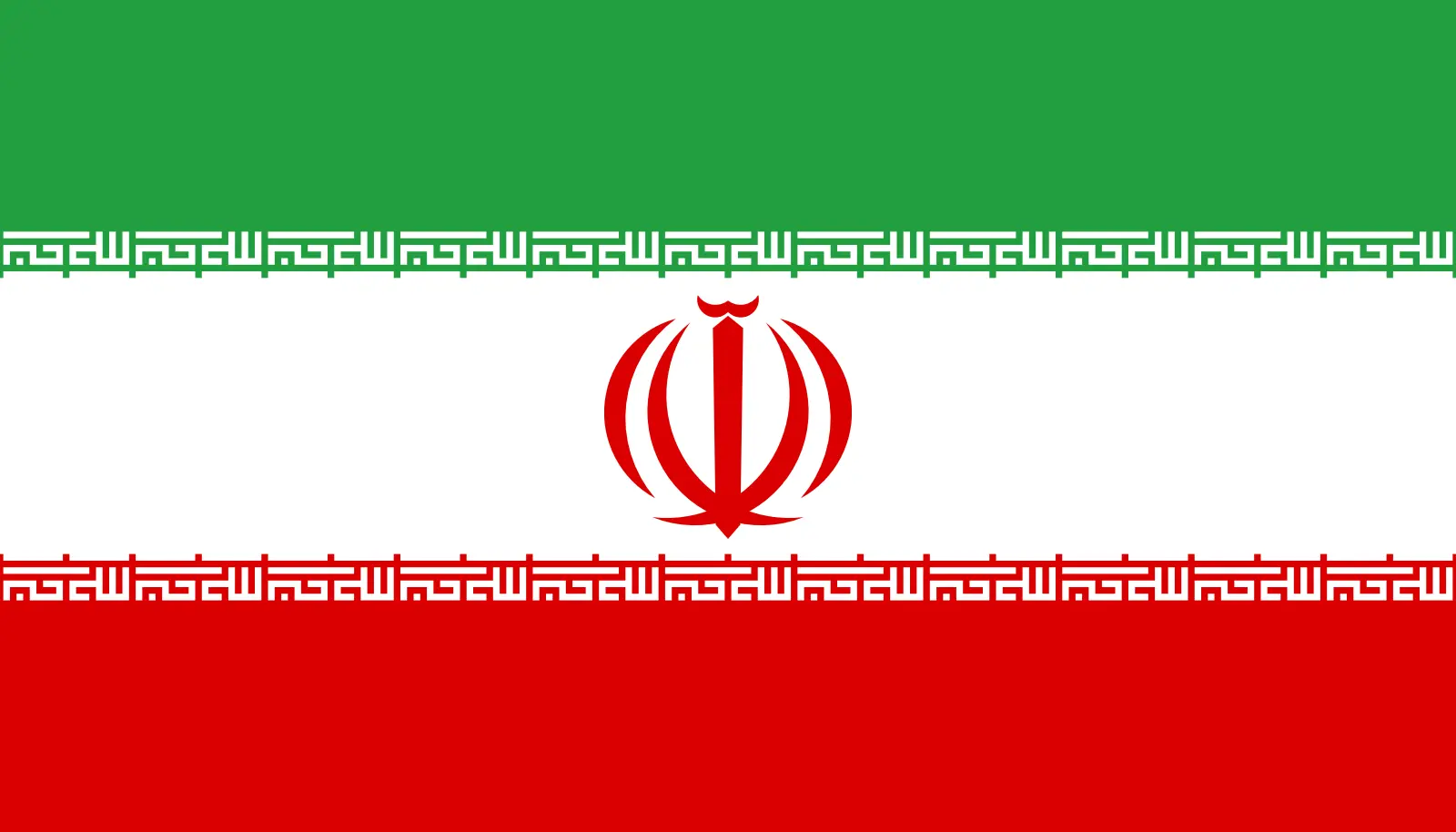 Iran (+98)
Iran (+98)
 Iraq (+964)
Iraq (+964)
 Ireland (+353)
Ireland (+353)
 Isle of Man (+44)
Isle of Man (+44)
 Israel (+972)
Israel (+972)
 Italy (+39)
Italy (+39)
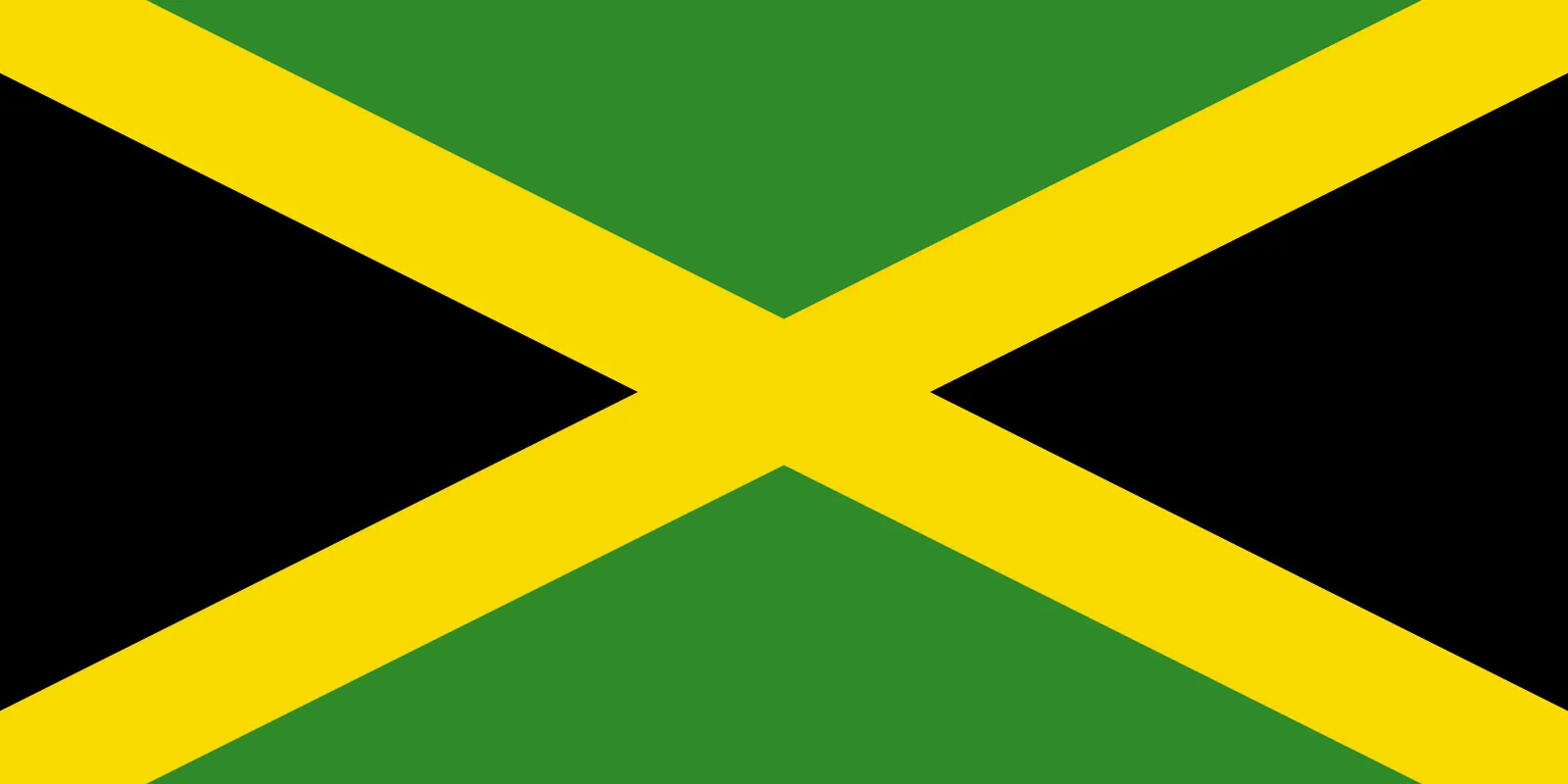 Jamaica (+1876)
Jamaica (+1876)
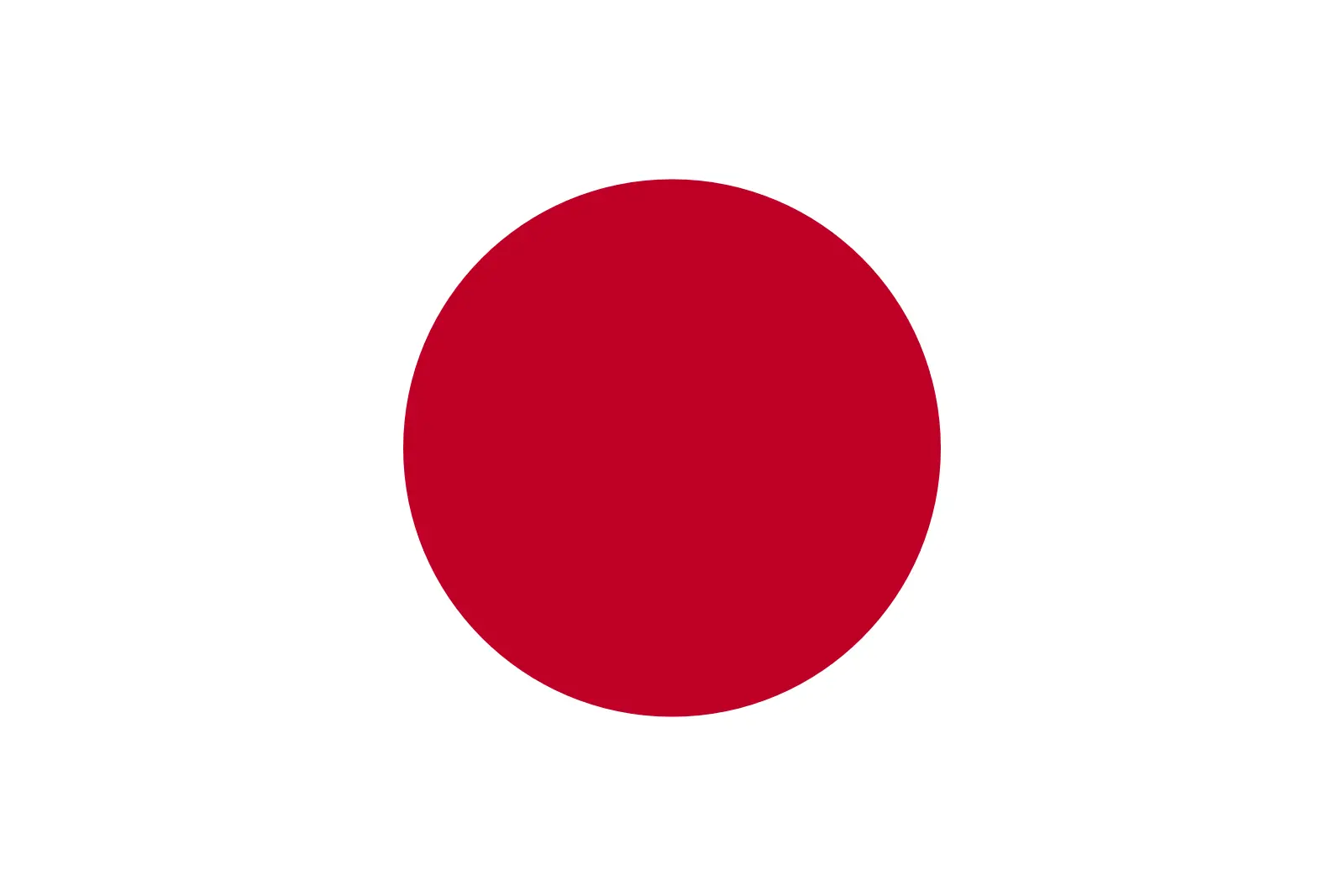 Japan (+81)
Japan (+81)
 Jersey (+44)
Jersey (+44)
 Jordan (+962)
Jordan (+962)
 Kazakhstan (+7)
Kazakhstan (+7)
 Kenya (+254)
Kenya (+254)
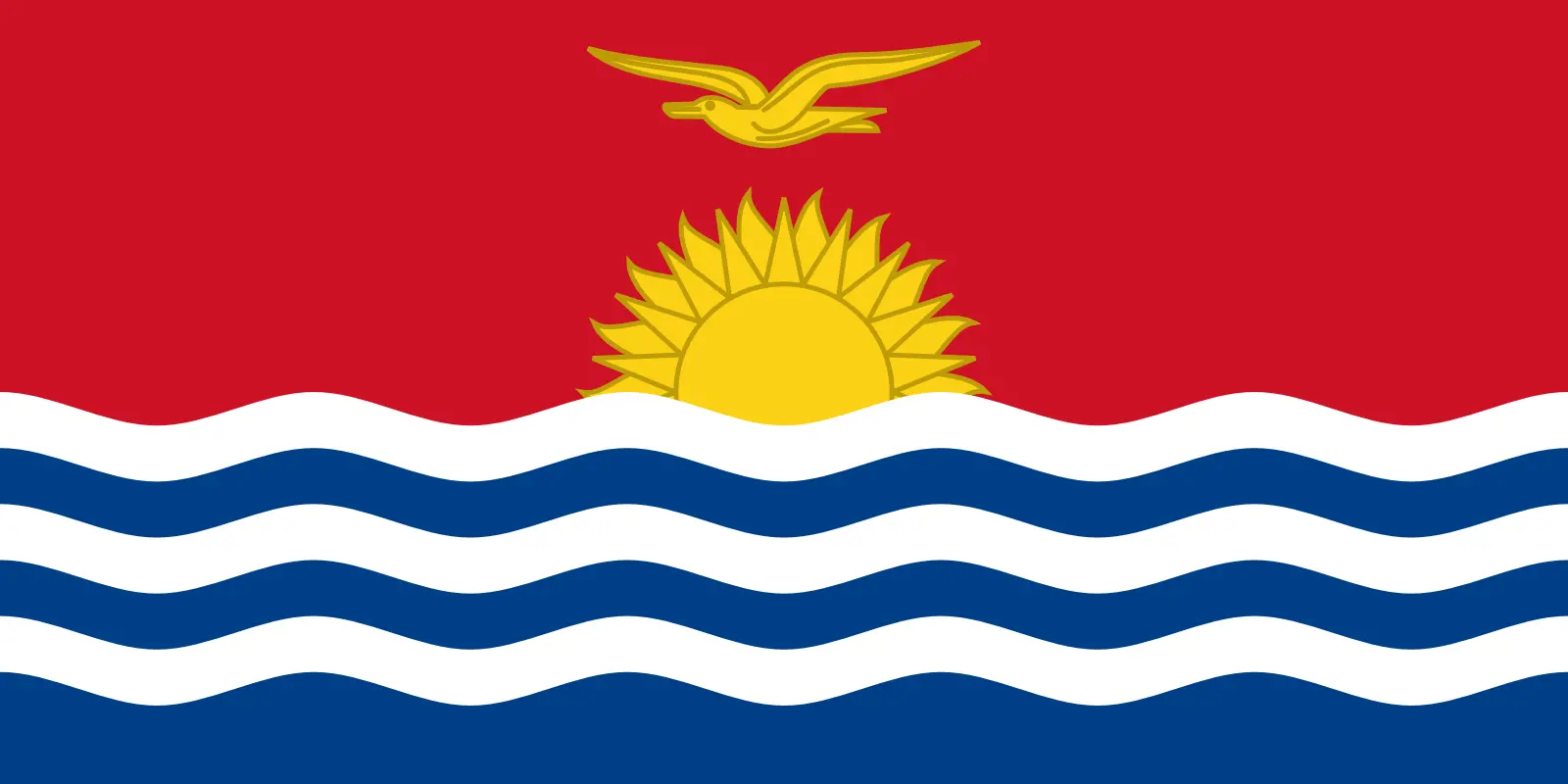 Kiribati (+686)
Kiribati (+686)
 Kuwait (+965)
Kuwait (+965)
 Kyrgyzstan (+996)
Kyrgyzstan (+996)
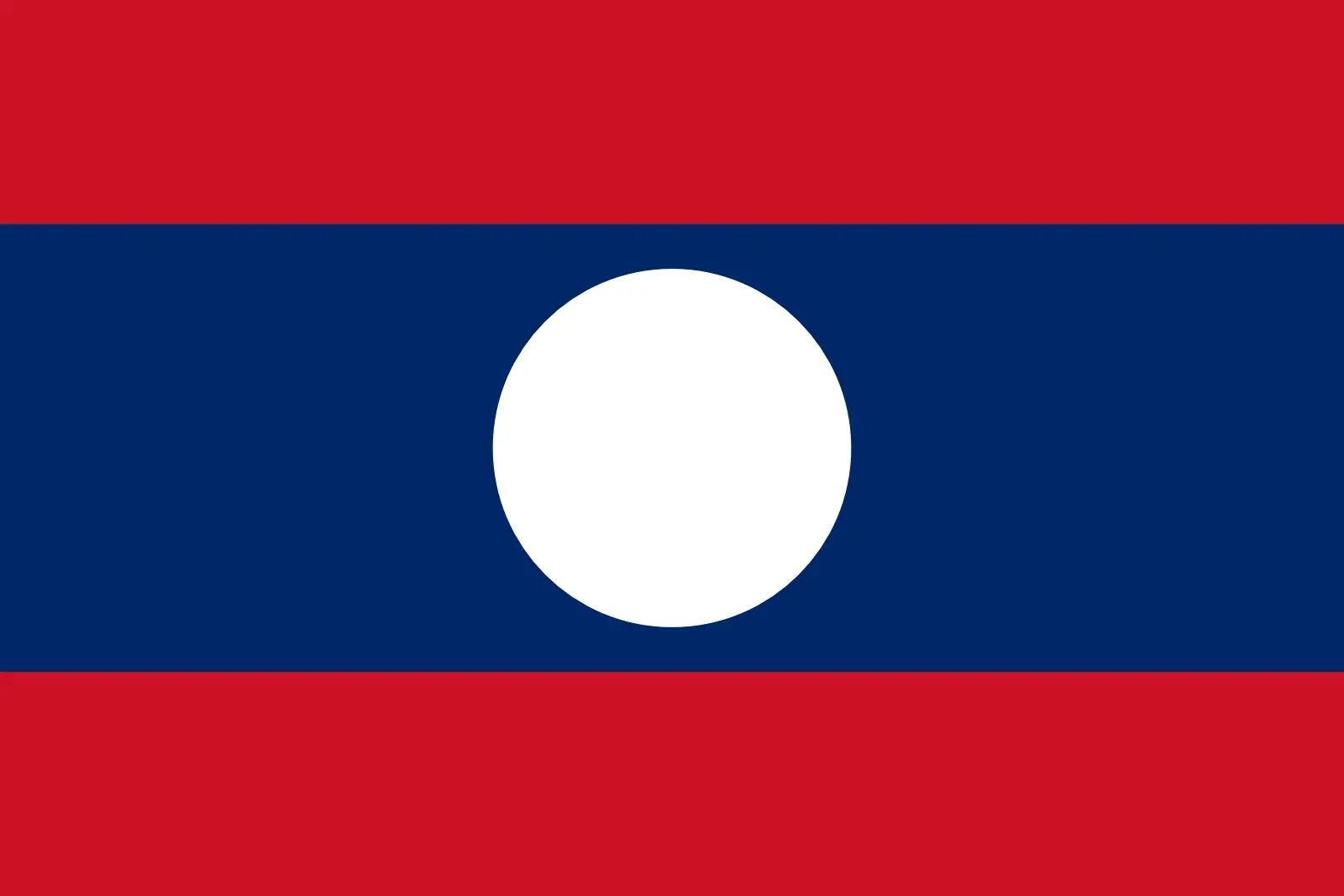 Laos (+856)
Laos (+856)
 Latvia (+371)
Latvia (+371)
 Lebanon (+961)
Lebanon (+961)
 Lesotho (+266)
Lesotho (+266)
 Liberia (+231)
Liberia (+231)
 Libya (+218)
Libya (+218)
 Liechtenstein (+423)
Liechtenstein (+423)
 Lithuania (+370)
Lithuania (+370)
 Luxembourg (+352)
Luxembourg (+352)
 Macao (+853)
Macao (+853)
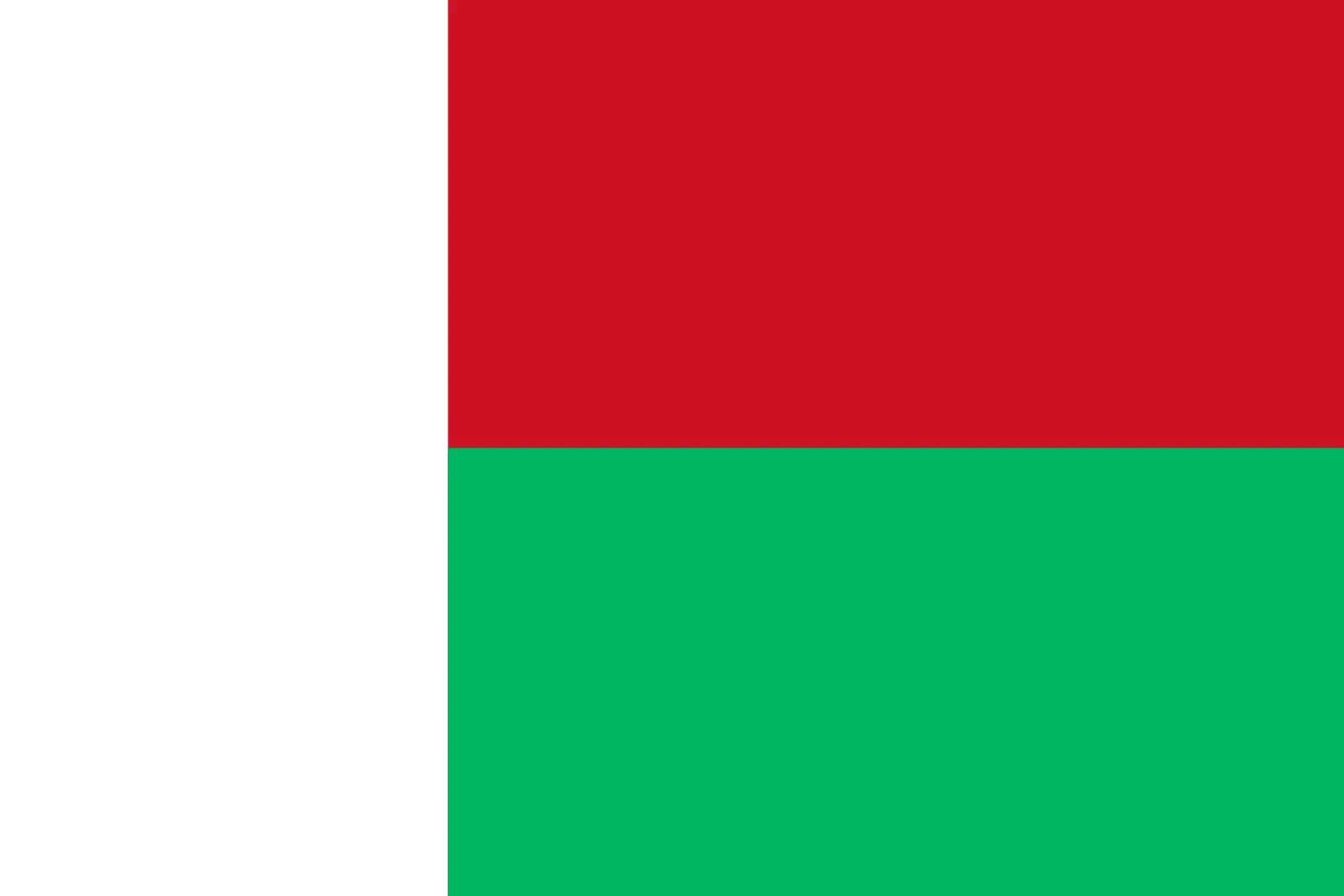 Madagascar (+261)
Madagascar (+261)
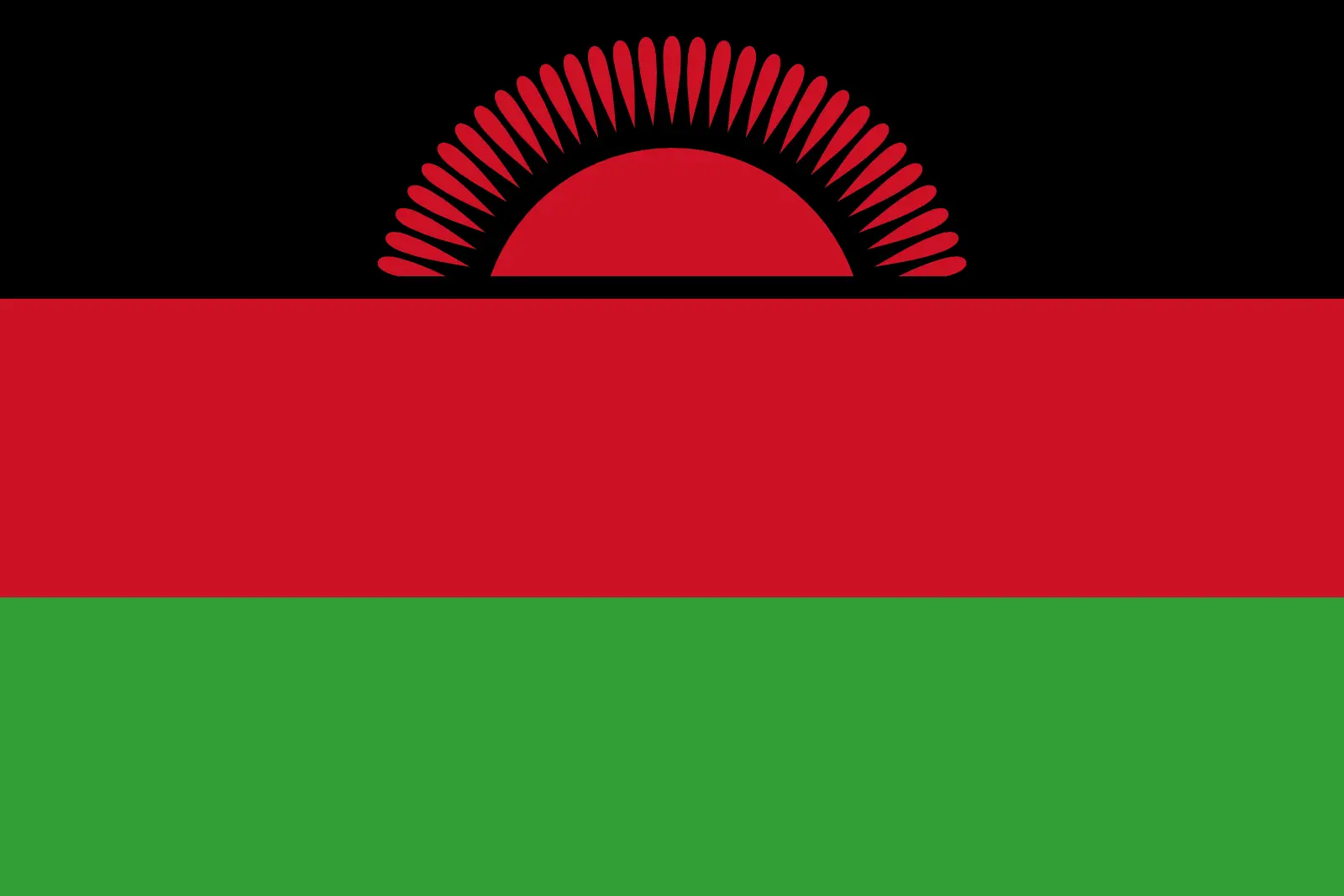 Malawi (+265)
Malawi (+265)
 Malaysia (+60)
Malaysia (+60)
 Maldives (+960)
Maldives (+960)
 Mali (+223)
Mali (+223)
 Malta (+356)
Malta (+356)
 Marshall Islands (+692)
Marshall Islands (+692)
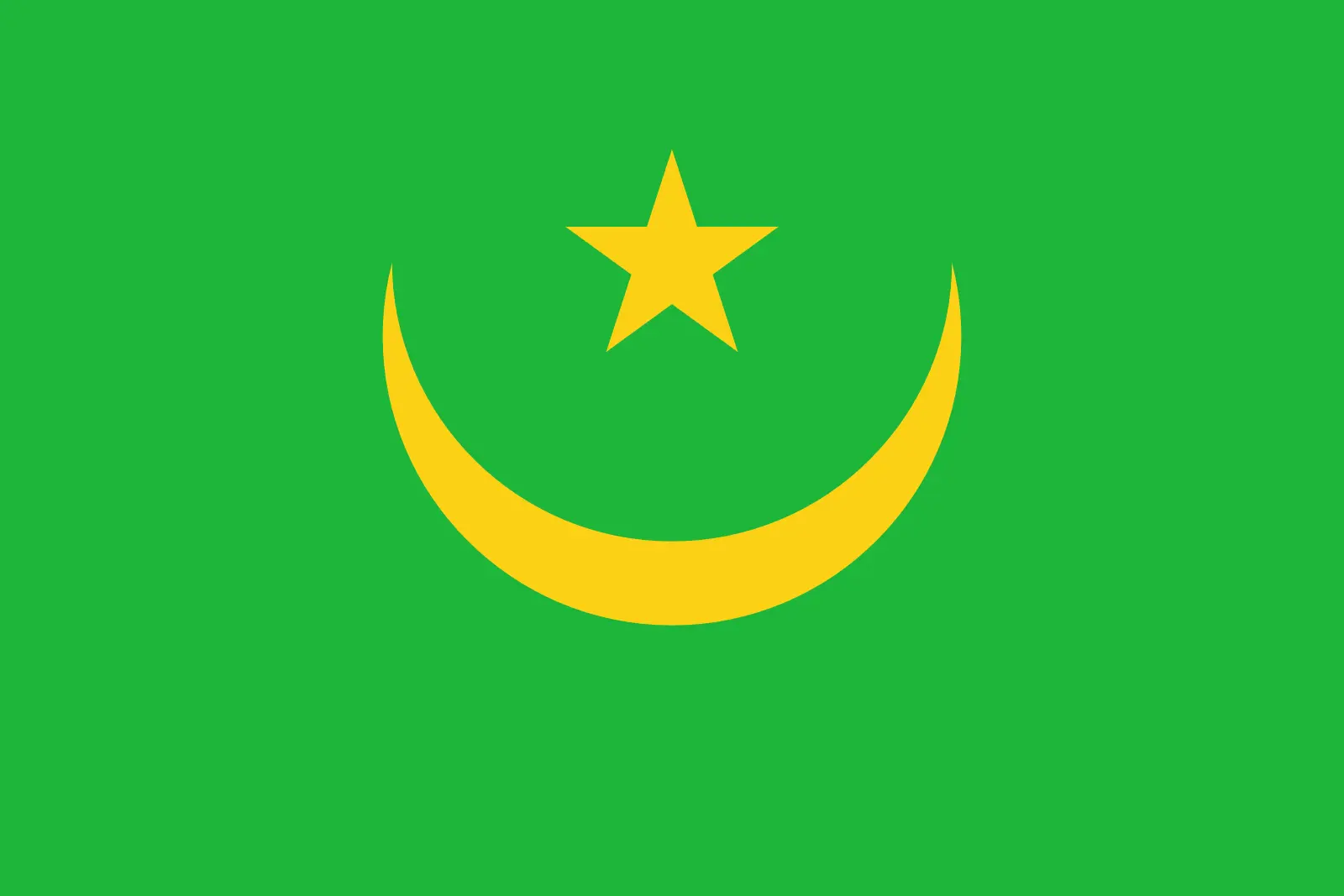 Mauritania (+222)
Mauritania (+222)
 Mauritius (+230)
Mauritius (+230)
 Mayotte (+262)
Mayotte (+262)
 Mexico (+52)
Mexico (+52)
 Micronesia (+691)
Micronesia (+691)
 Moldova (+373)
Moldova (+373)
 Monaco (+377)
Monaco (+377)
 Mongolia (+976)
Mongolia (+976)
 Montenegro (+382)
Montenegro (+382)
 Montserrat (+1664)
Montserrat (+1664)
 Morocco (+212)
Morocco (+212)
 Mozambique (+258)
Mozambique (+258)
 Myanmar (+95)
Myanmar (+95)
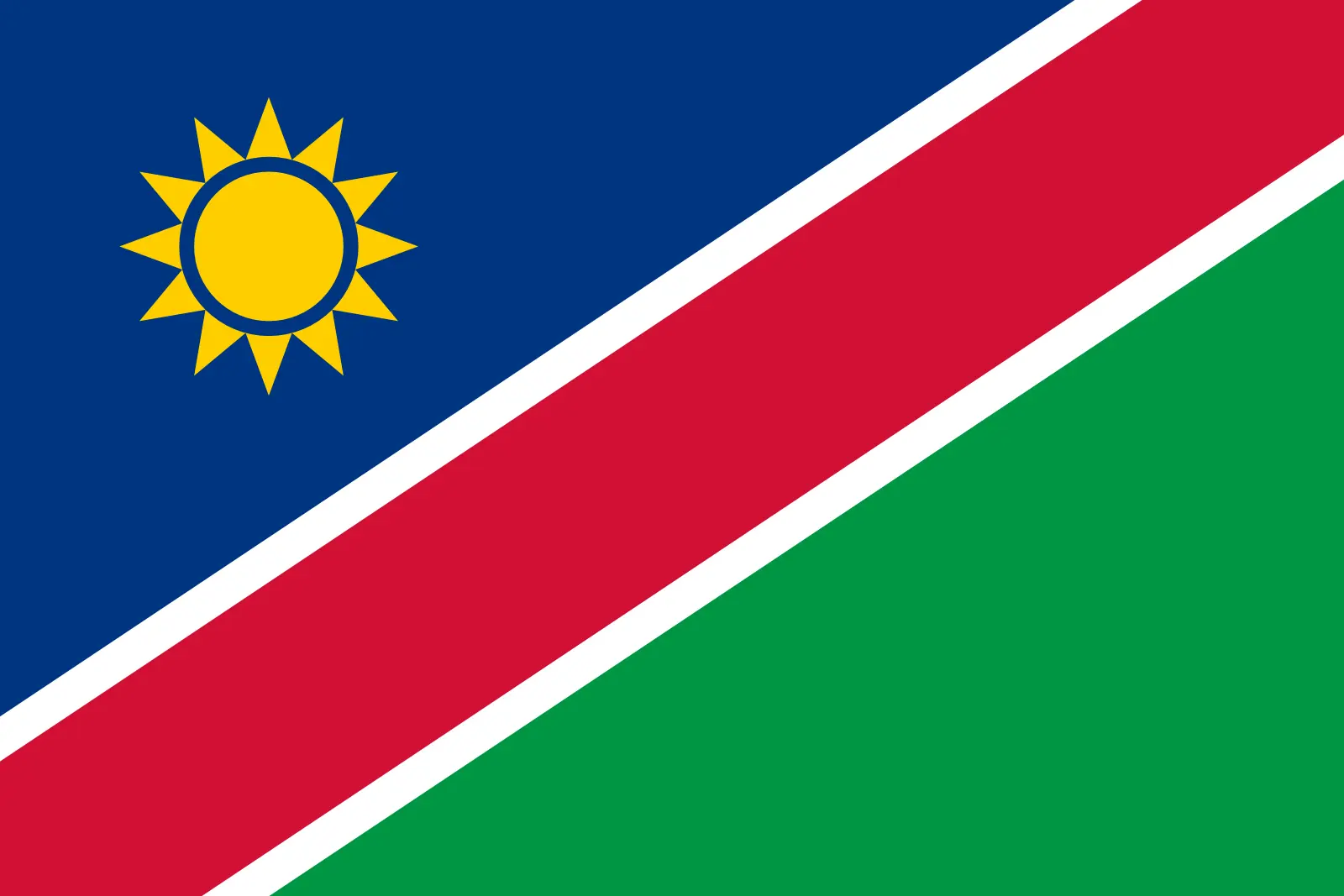 Namibia (+264)
Namibia (+264)
 Nauru (+674)
Nauru (+674)
 Nepal (+977)
Nepal (+977)
 Netherlands (+31)
Netherlands (+31)
 New Caledonia (+687)
New Caledonia (+687)
 New Zealand (+64)
New Zealand (+64)
 Nicaragua (+505)
Nicaragua (+505)
 Niger (+227)
Niger (+227)
 Nigeria (+234)
Nigeria (+234)
 Niue (+683)
Niue (+683)
 Norfolk Island (+672)
Norfolk Island (+672)
 North Korea (+850)
North Korea (+850)
 Northern Mariana Islands (+1670)
Northern Mariana Islands (+1670)
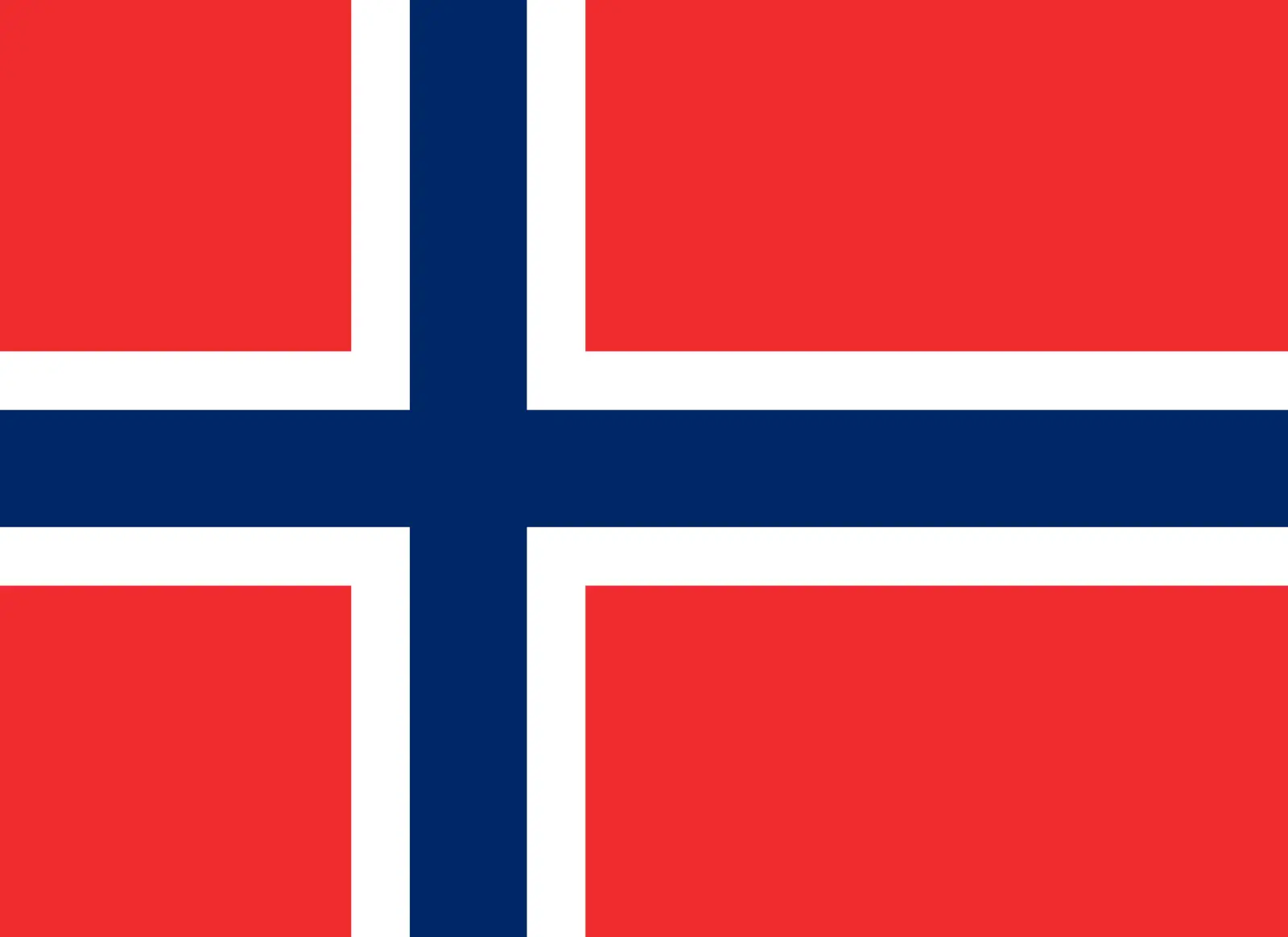 Norway (+47)
Norway (+47)
 Oman (+968)
Oman (+968)
 Pakistan (+92)
Pakistan (+92)
 Palau (+680)
Palau (+680)
 Palestine (+970)
Palestine (+970)
 Panama (+507)
Panama (+507)
 Papua New Guinea (+675)
Papua New Guinea (+675)
 Paraguay (+595)
Paraguay (+595)
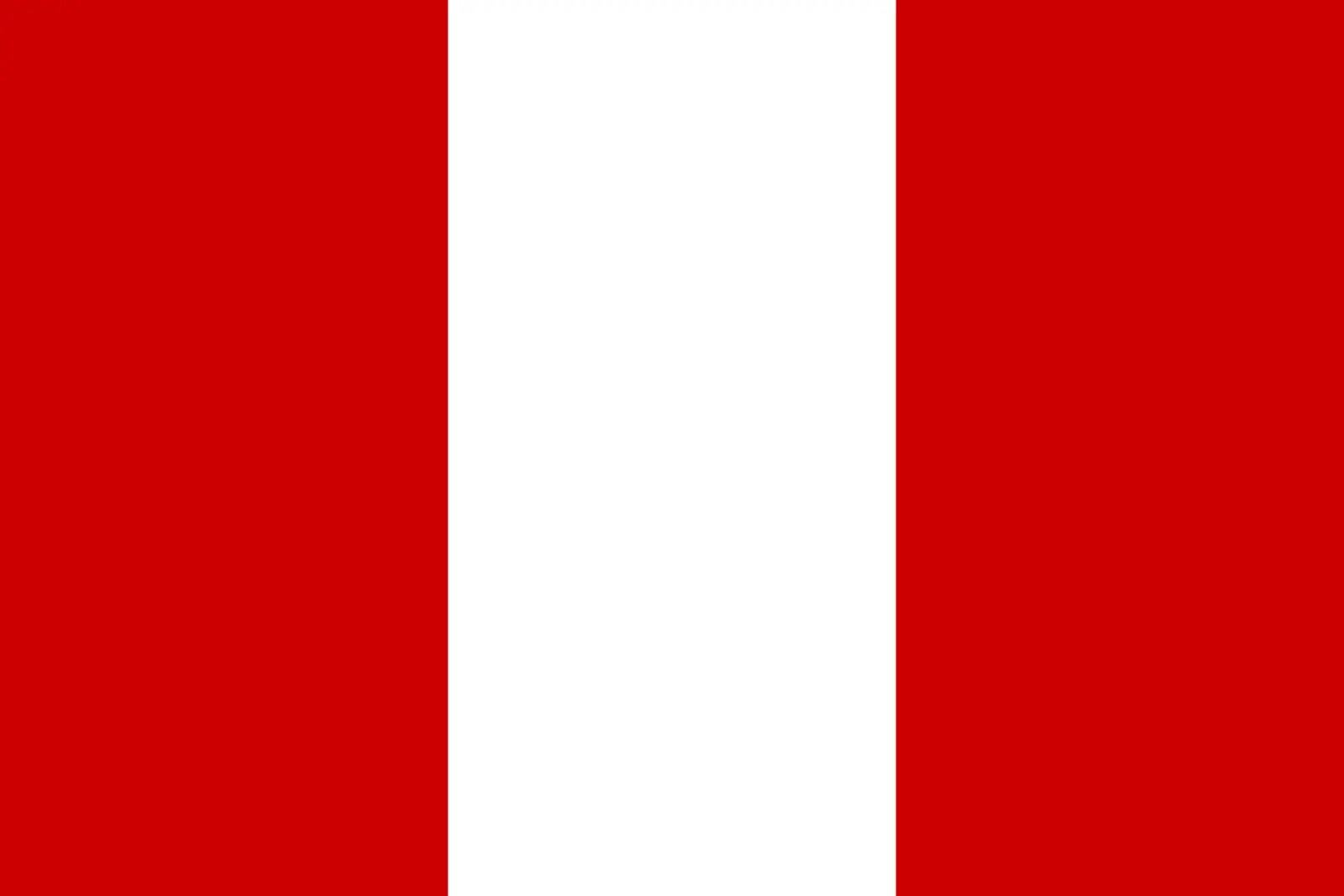 Peru (+51)
Peru (+51)
 Philippines (+63)
Philippines (+63)
 Poland (+48)
Poland (+48)
 Portugal (+351)
Portugal (+351)
 Puerto Rico (+1787)
Puerto Rico (+1787)
 Qatar (+974)
Qatar (+974)
 Romania (+40)
Romania (+40)
 Russia (+7)
Russia (+7)
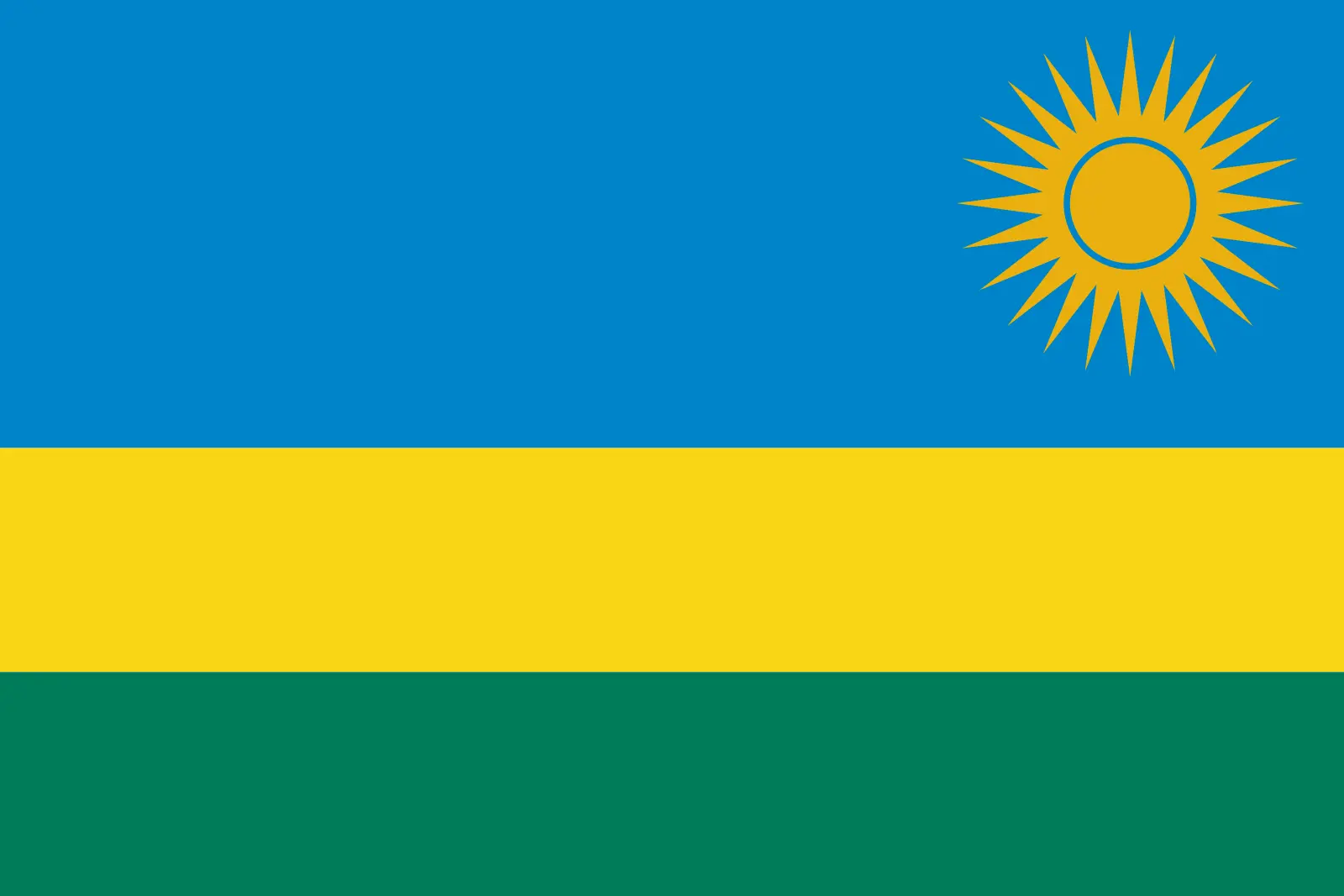 Rwanda (+250)
Rwanda (+250)
 Saint Barthélemy (+590)
Saint Barthélemy (+590)
 Saint Helena, Ascension and Tristan da Cunha (+290)
Saint Helena, Ascension and Tristan da Cunha (+290)
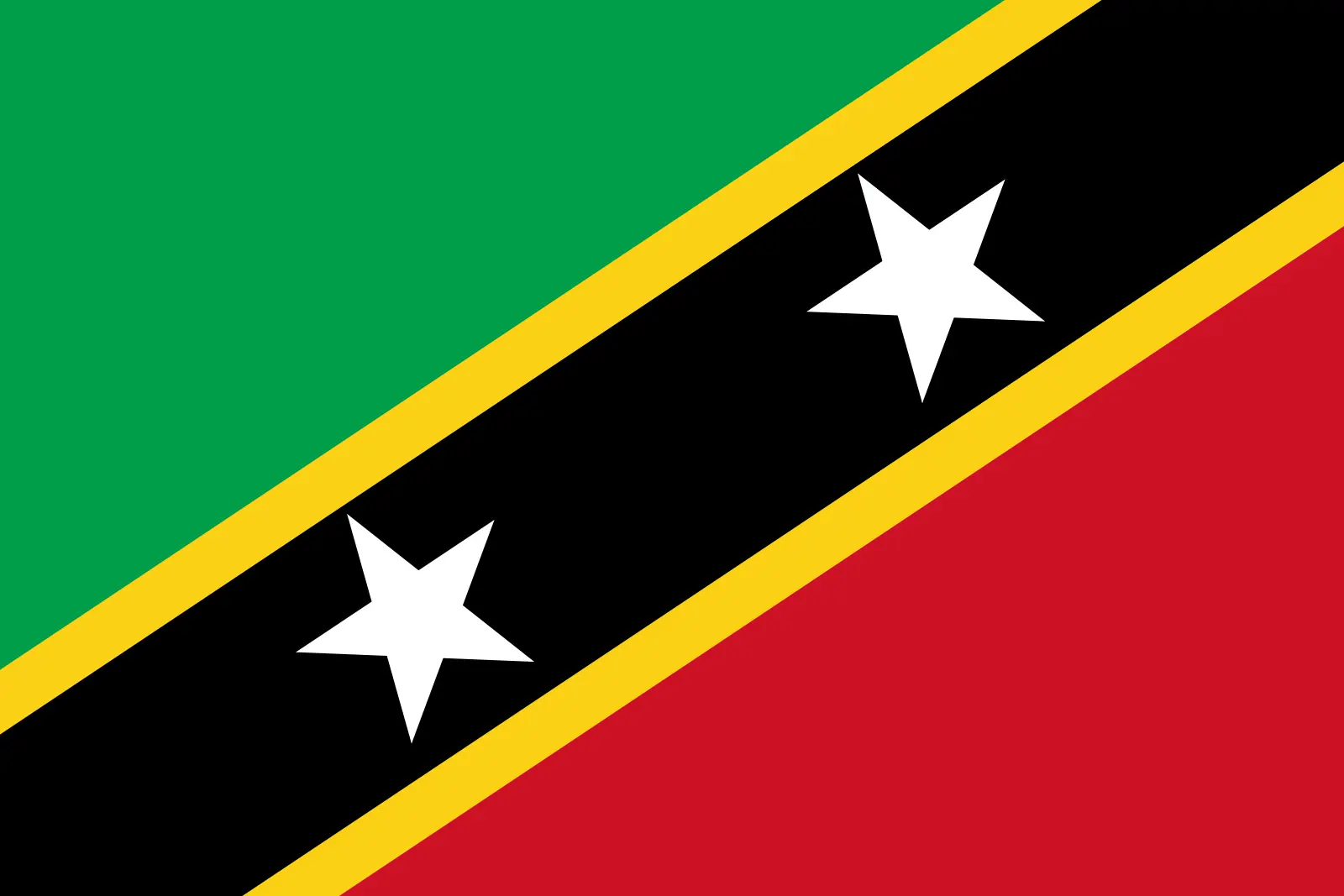 Saint Kitts and Nevis (+1869)
Saint Kitts and Nevis (+1869)
 Saint Lucia (+1758)
Saint Lucia (+1758)
 Saint Martin (French part) (+590)
Saint Martin (French part) (+590)
 Saint Pierre and Miquelon (+508)
Saint Pierre and Miquelon (+508)
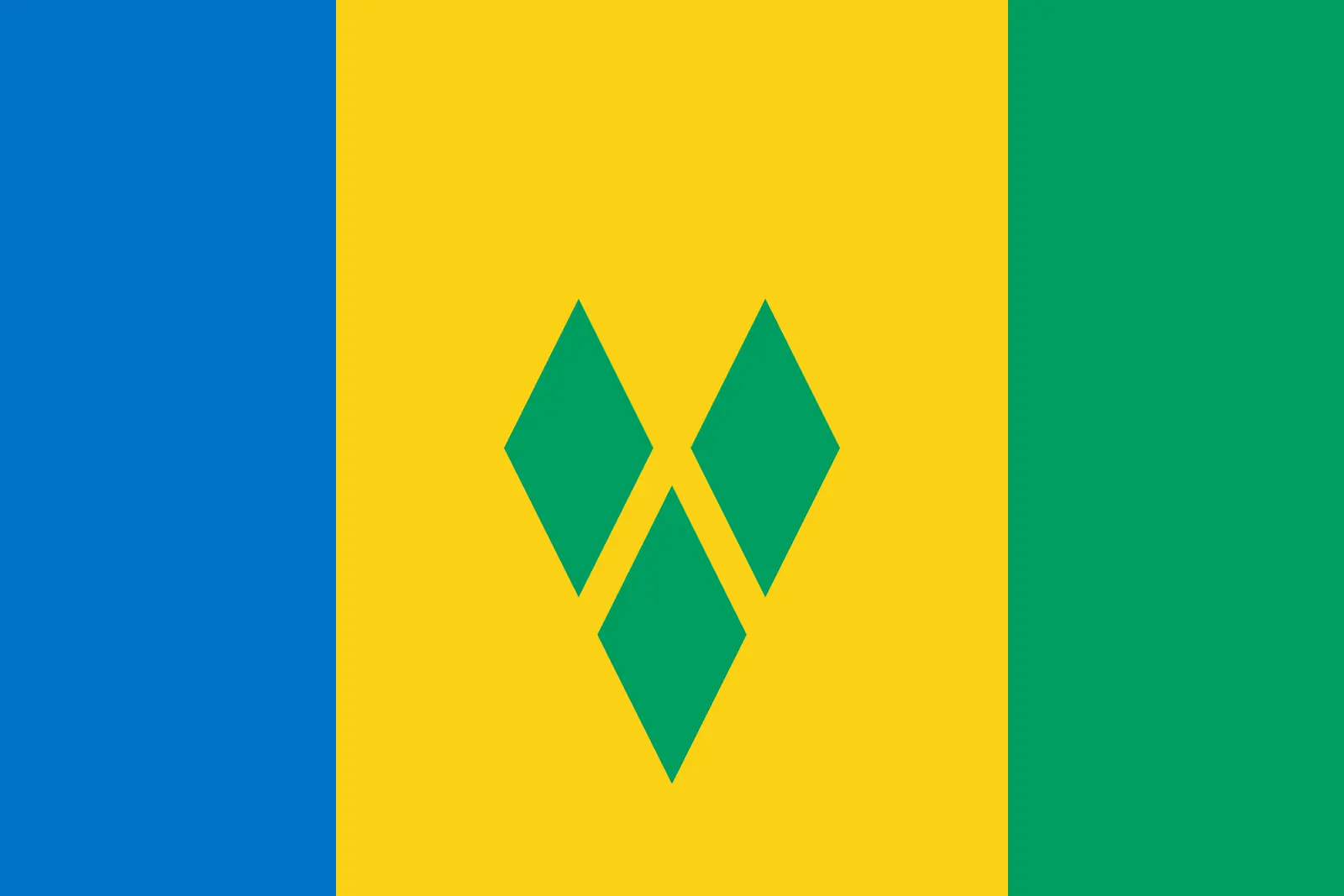 Saint Vincent and the Grenadines (+1784)
Saint Vincent and the Grenadines (+1784)
 Samoa (+685)
Samoa (+685)
 San Marino (+378)
San Marino (+378)
 Sao Tome and Principe (+239)
Sao Tome and Principe (+239)
 Saudi Arabia (+966)
Saudi Arabia (+966)
 Senegal (+221)
Senegal (+221)
 Serbia (+381)
Serbia (+381)
 Seychelles (+248)
Seychelles (+248)
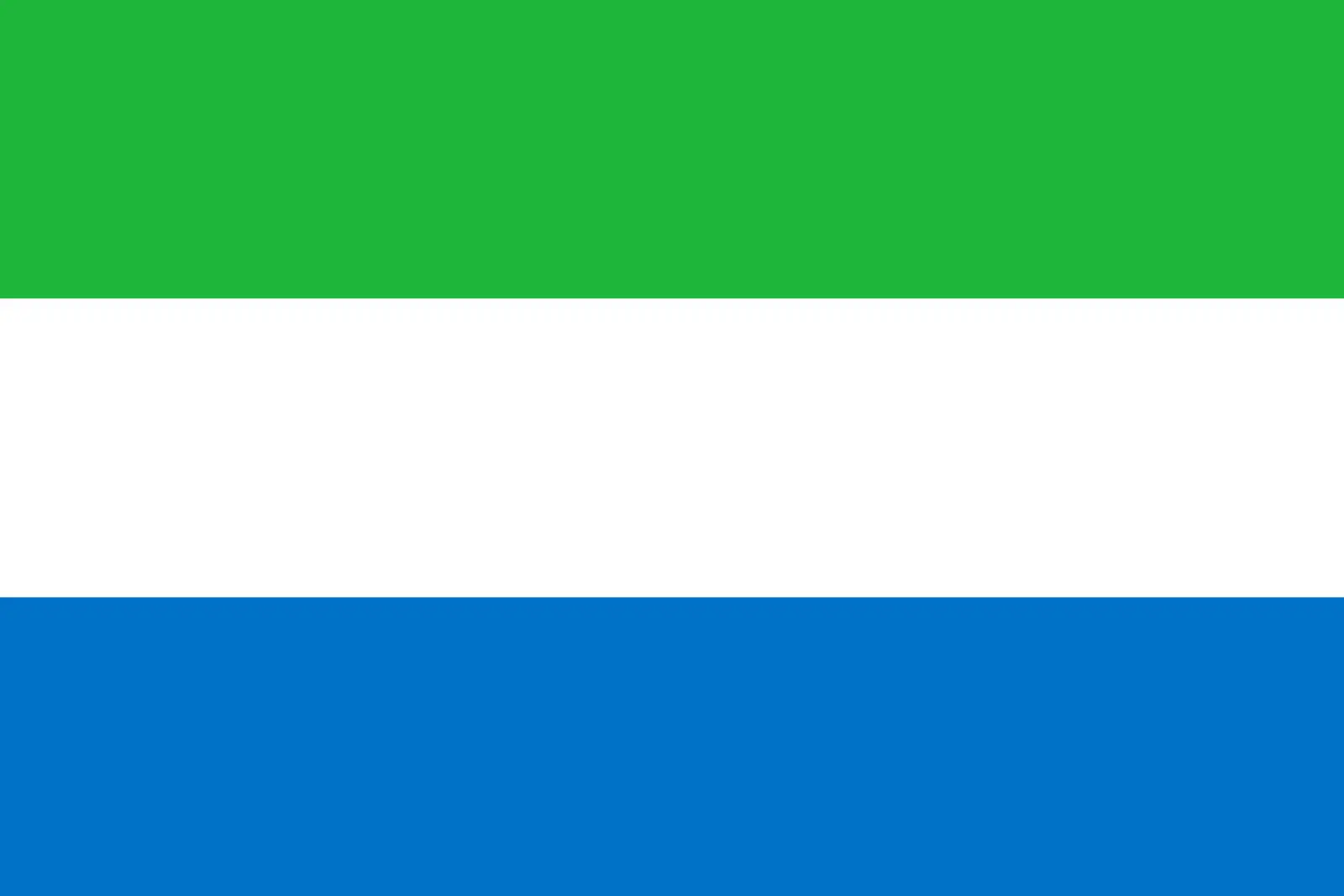 Sierra Leone (+232)
Sierra Leone (+232)
 Singapore (+65)
Singapore (+65)
 Sint Maarten (Dutch part) (+1721)
Sint Maarten (Dutch part) (+1721)
 Slovakia (+421)
Slovakia (+421)
 Slovenia (+386)
Slovenia (+386)
 Solomon Islands (+677)
Solomon Islands (+677)
 Somalia (+252)
Somalia (+252)
 South Africa (+27)
South Africa (+27)
 South Georgia and the South Sandwich Islands (+0)
South Georgia and the South Sandwich Islands (+0)
 South Korea (+82)
South Korea (+82)
 South Sudan (+211)
South Sudan (+211)
 Spain (+34)
Spain (+34)
 Sri Lanka (+94)
Sri Lanka (+94)
 Sudan (+249)
Sudan (+249)
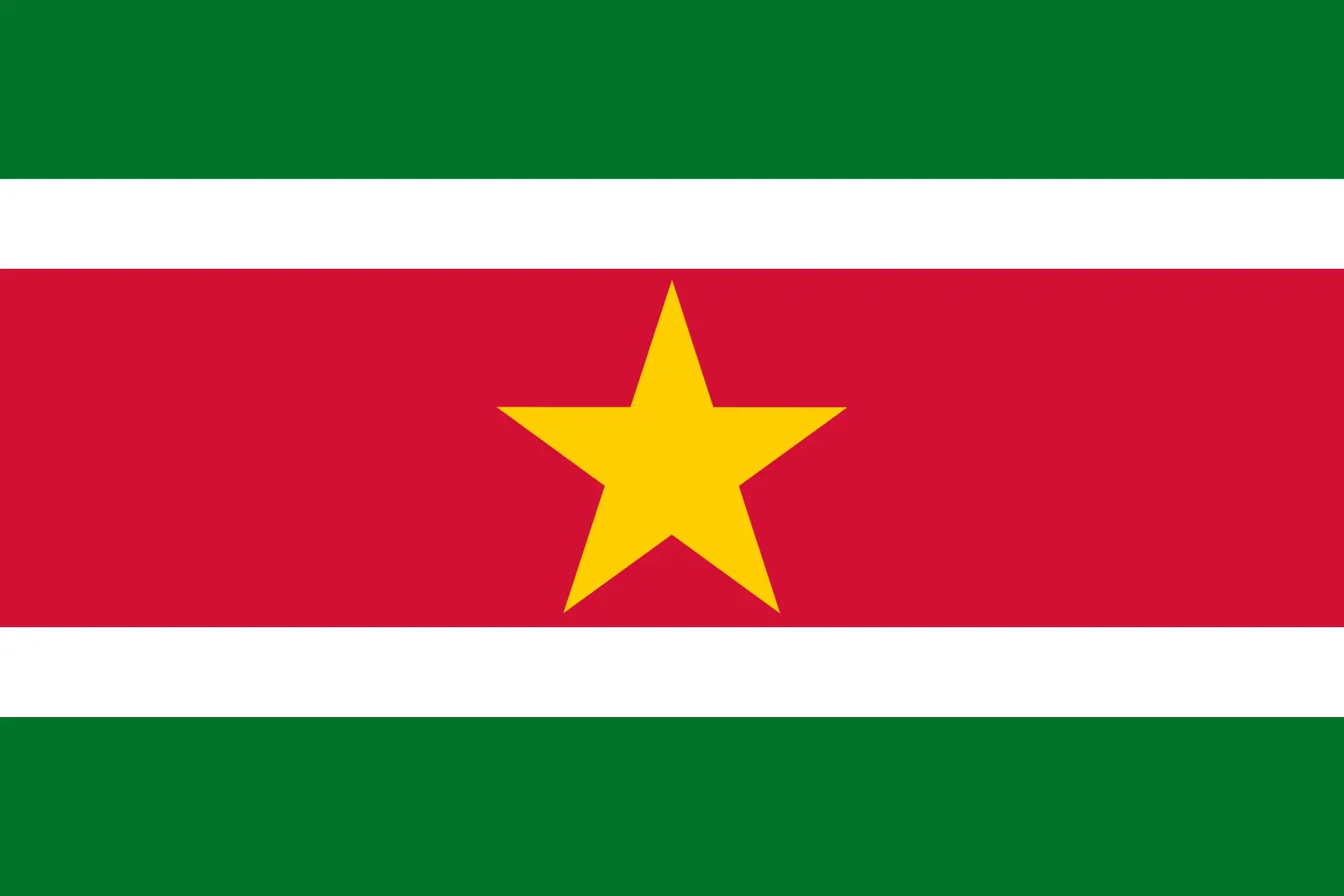 Suriname (+597)
Suriname (+597)
 Svalbard and Jan Mayen (+47)
Svalbard and Jan Mayen (+47)
 Eswatini (+268)
Eswatini (+268)
 Sweden (+46)
Sweden (+46)
 Switzerland (+41)
Switzerland (+41)
 Syria (+963)
Syria (+963)
 Taiwan (+886)
Taiwan (+886)
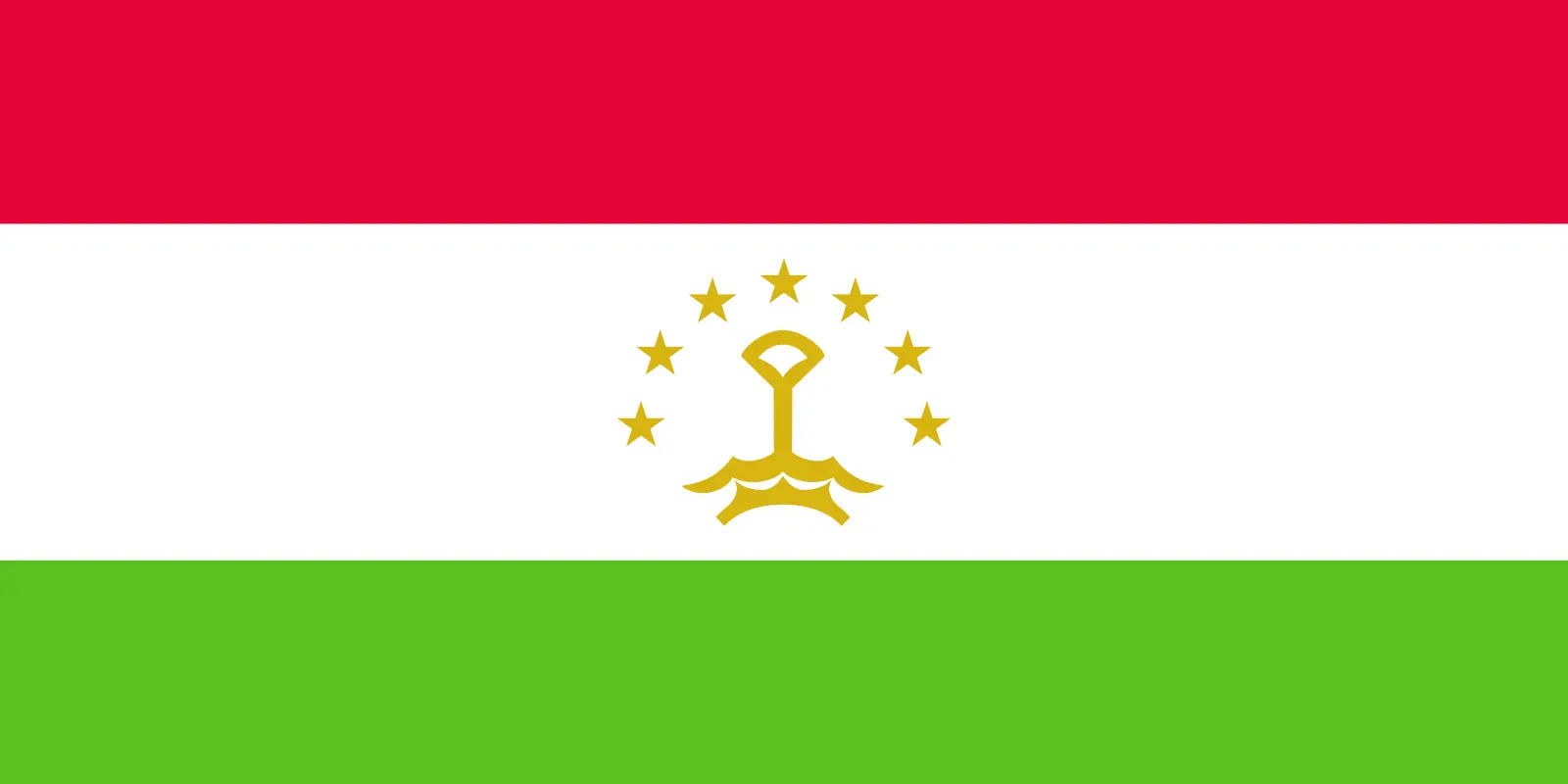 Tajikistan (+992)
Tajikistan (+992)
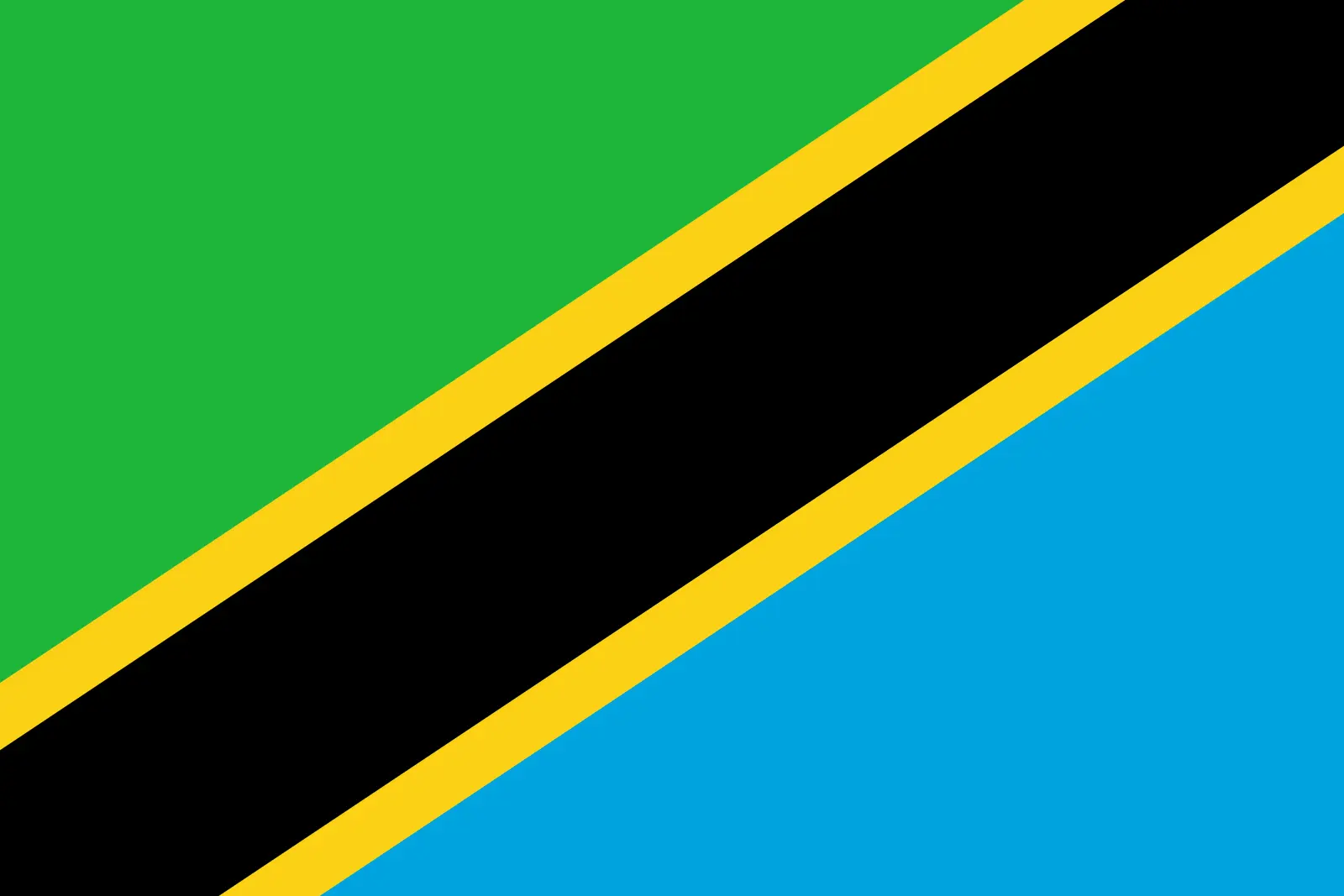 Tanzania (+255)
Tanzania (+255)
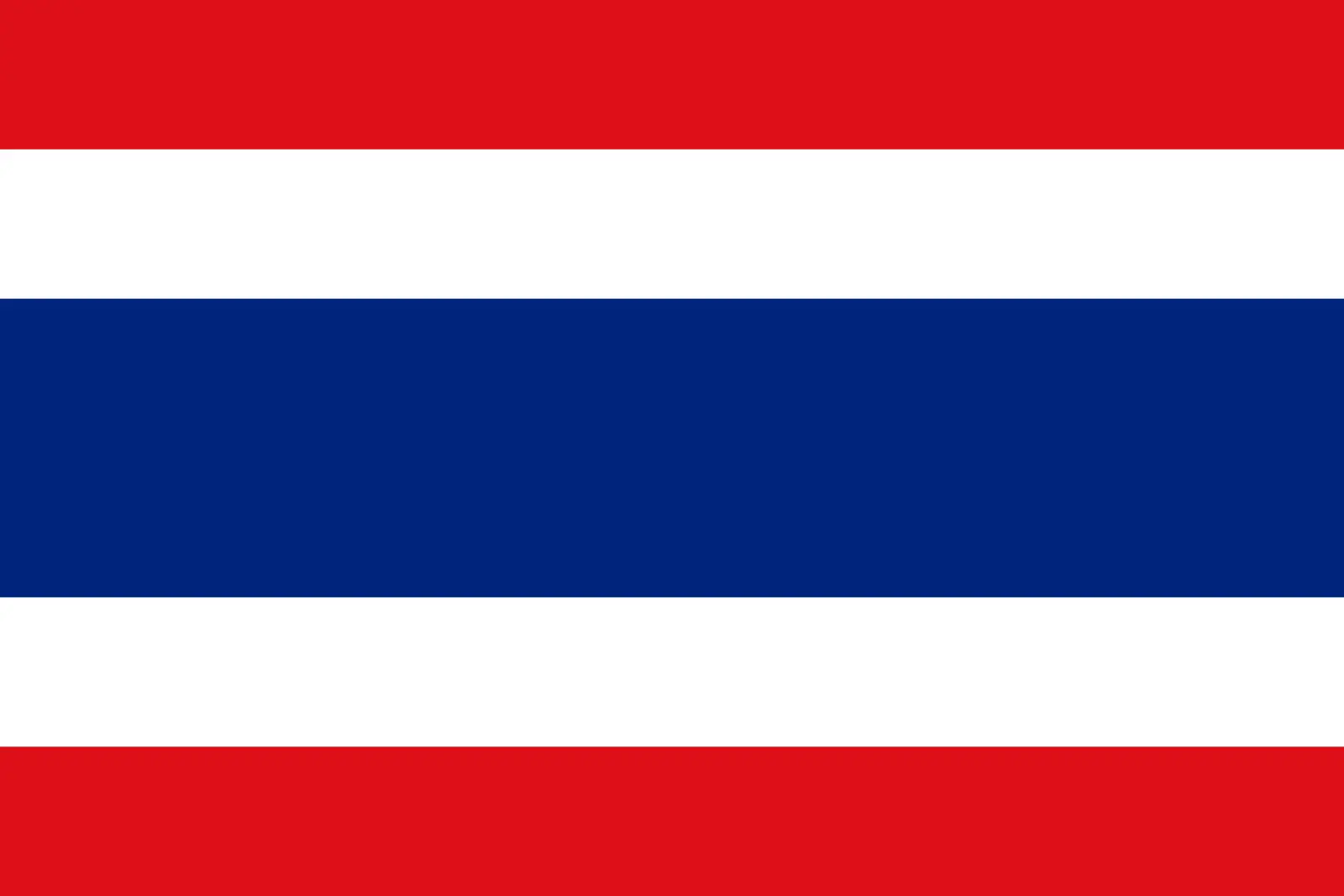 Thailand (+66)
Thailand (+66)
 Togo (+228)
Togo (+228)
 Tokelau (+690)
Tokelau (+690)
 Tonga (+676)
Tonga (+676)
 Trinidad and Tobago (+1868)
Trinidad and Tobago (+1868)
 Tunisia (+216)
Tunisia (+216)
 Turkey (+90)
Turkey (+90)
 Turkmenistan (+993)
Turkmenistan (+993)
 Turks and Caicos Islands (+1649)
Turks and Caicos Islands (+1649)
 Tuvalu (+688)
Tuvalu (+688)
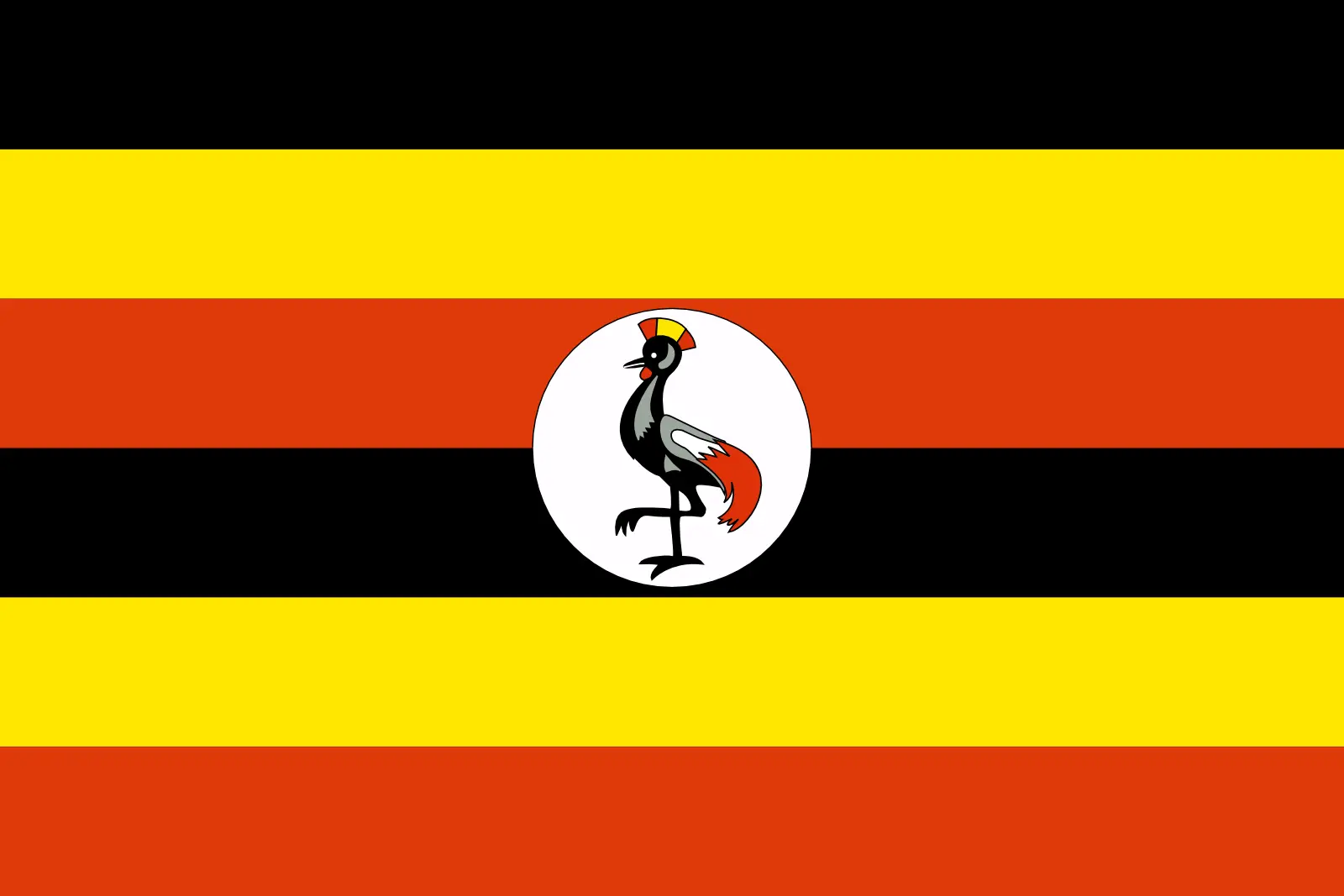 Uganda (+256)
Uganda (+256)
 Ukraine (+380)
Ukraine (+380)
 United Arab Emirates (+971)
United Arab Emirates (+971)
 United Kingdom (+44)
United Kingdom (+44)
 Uruguay (+598)
Uruguay (+598)
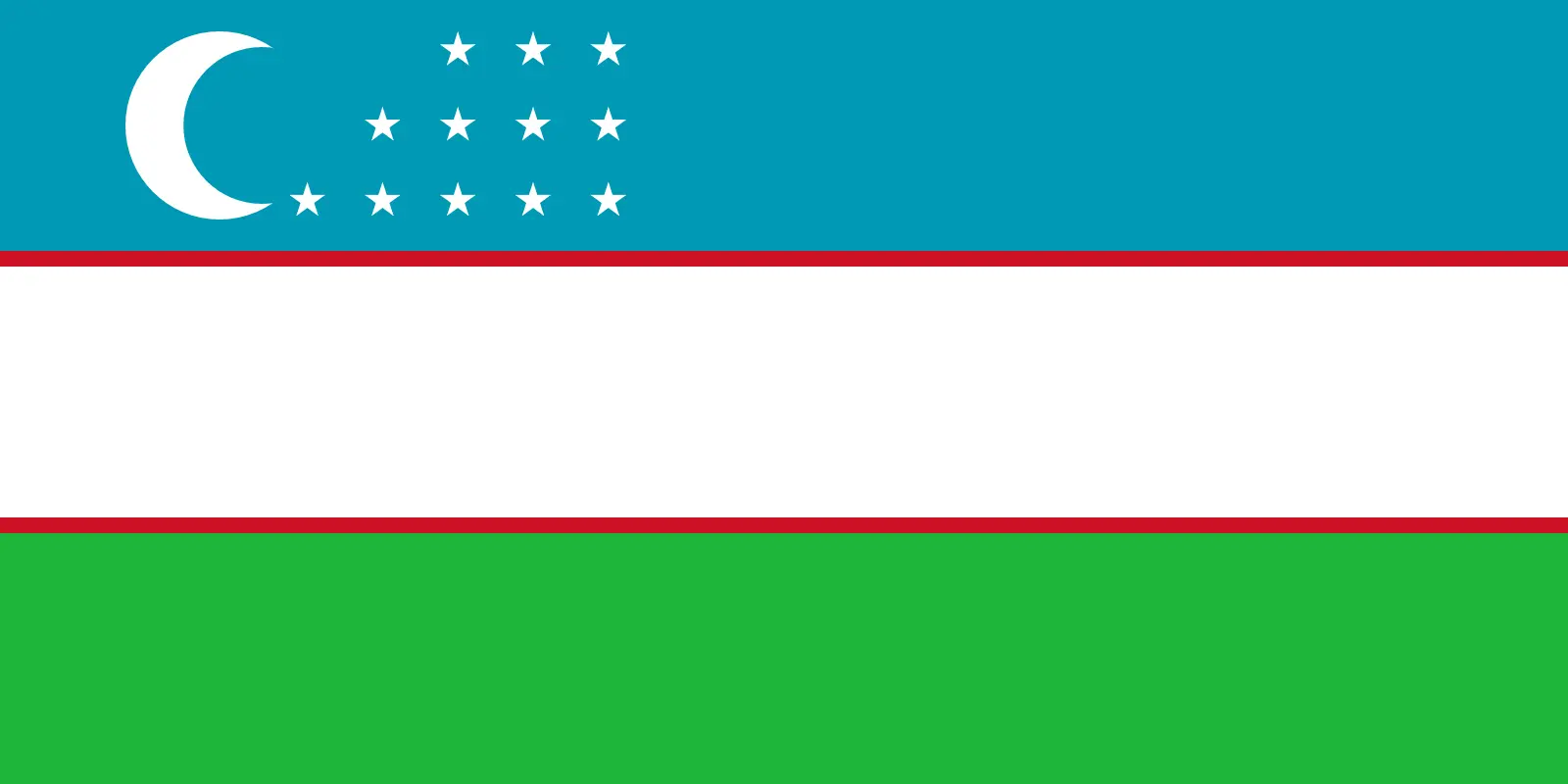 Uzbekistan (+998)
Uzbekistan (+998)
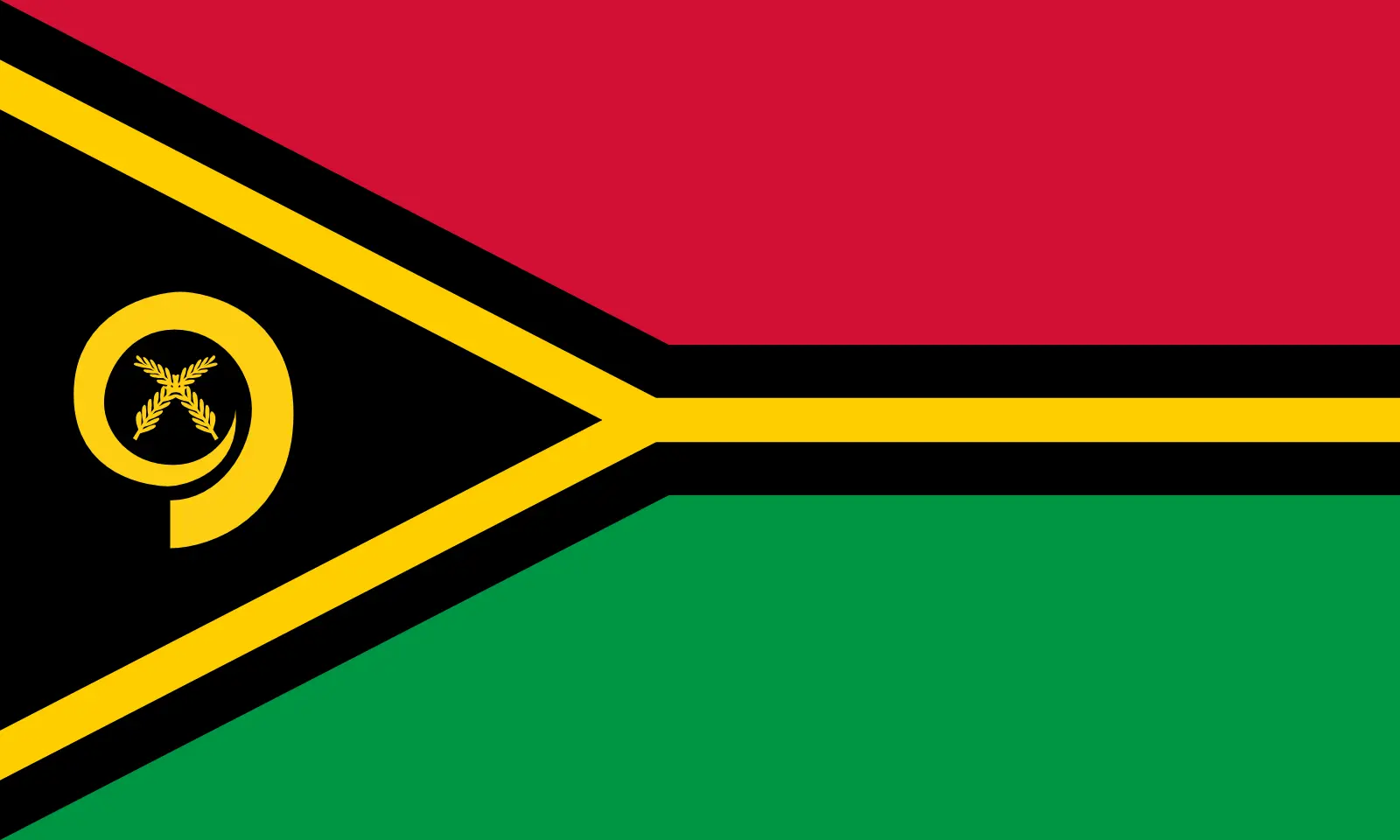 Vanuatu (+678)
Vanuatu (+678)
 Vatican City (+39)
Vatican City (+39)
 Venezuela (Bolivarian Republic of) (+58)
Venezuela (Bolivarian Republic of) (+58)
 Vietnam (+84)
Vietnam (+84)
 Wallis and Futuna (+681)
Wallis and Futuna (+681)
 Western Sahara (+212)
Western Sahara (+212)
 Yemen (+967)
Yemen (+967)
 Zambia (+260)
Zambia (+260)
 Zimbabwe (+263)
Zimbabwe (+263)
